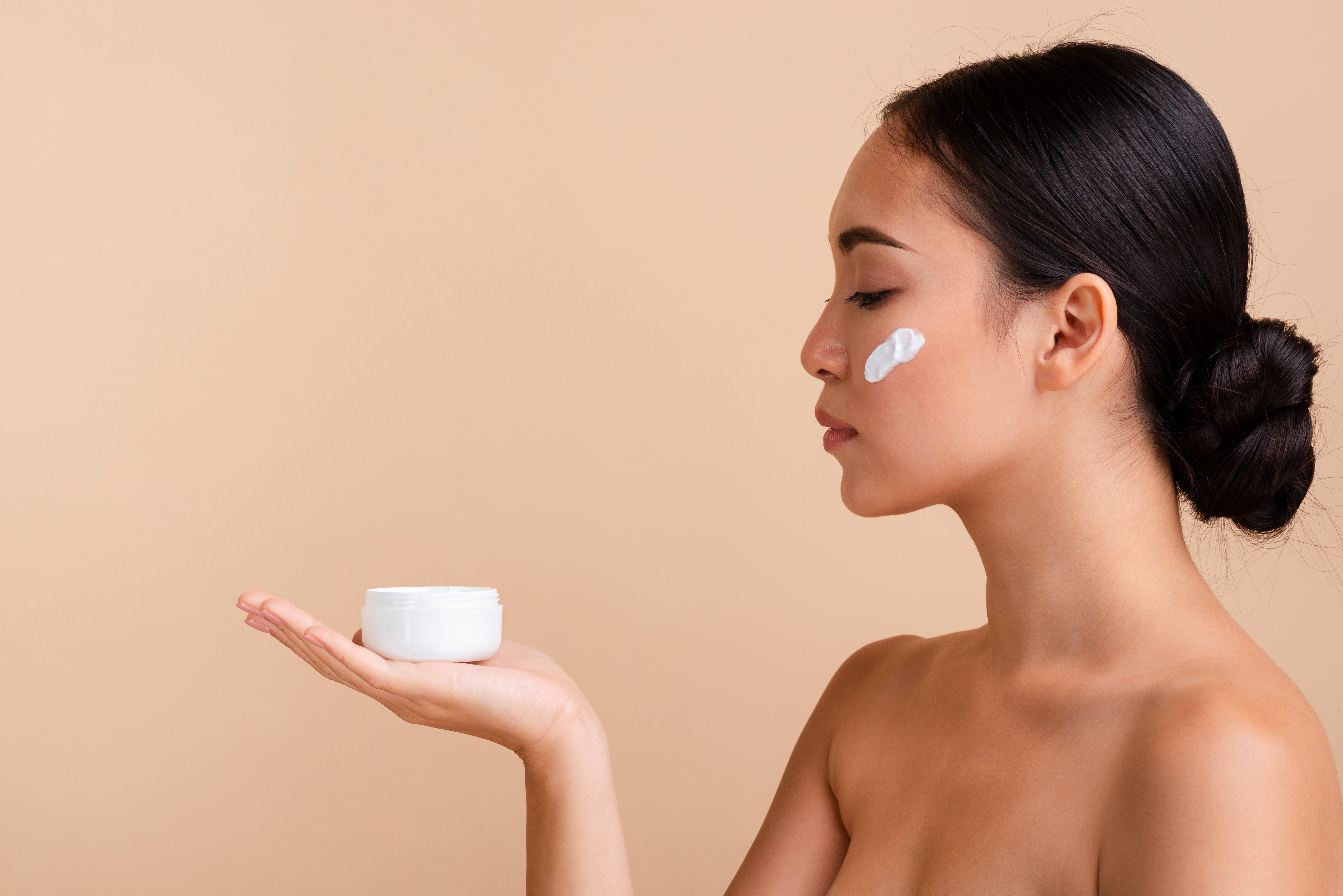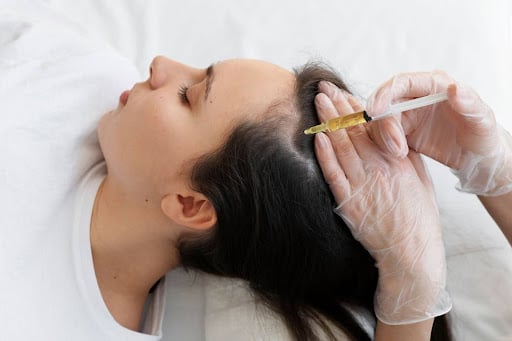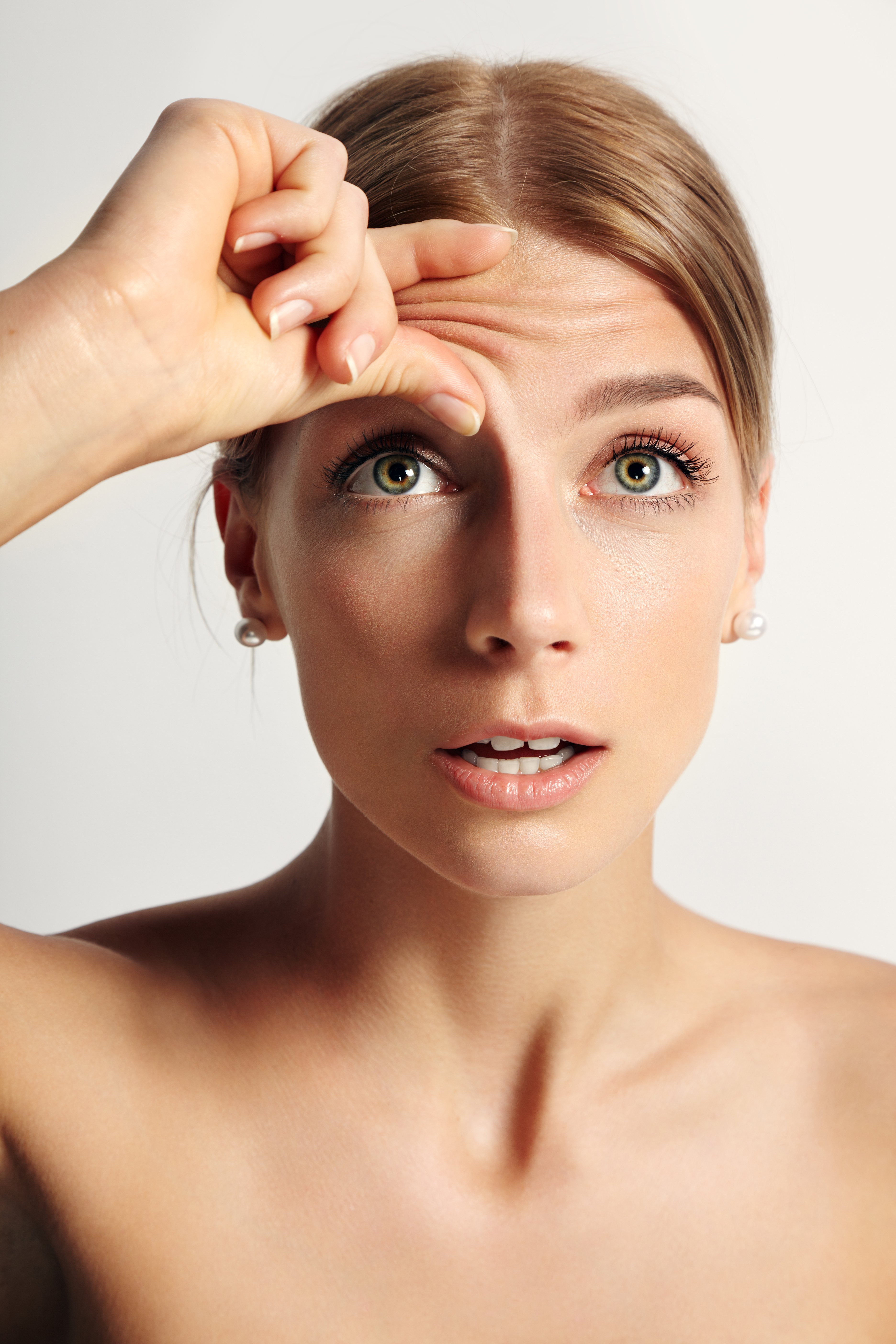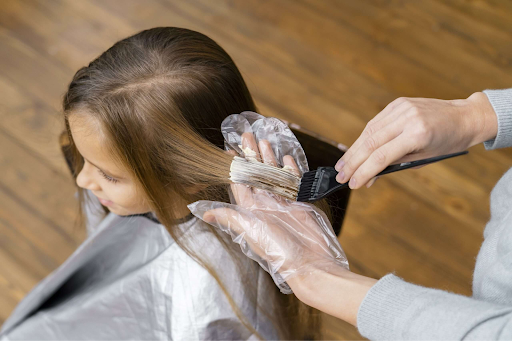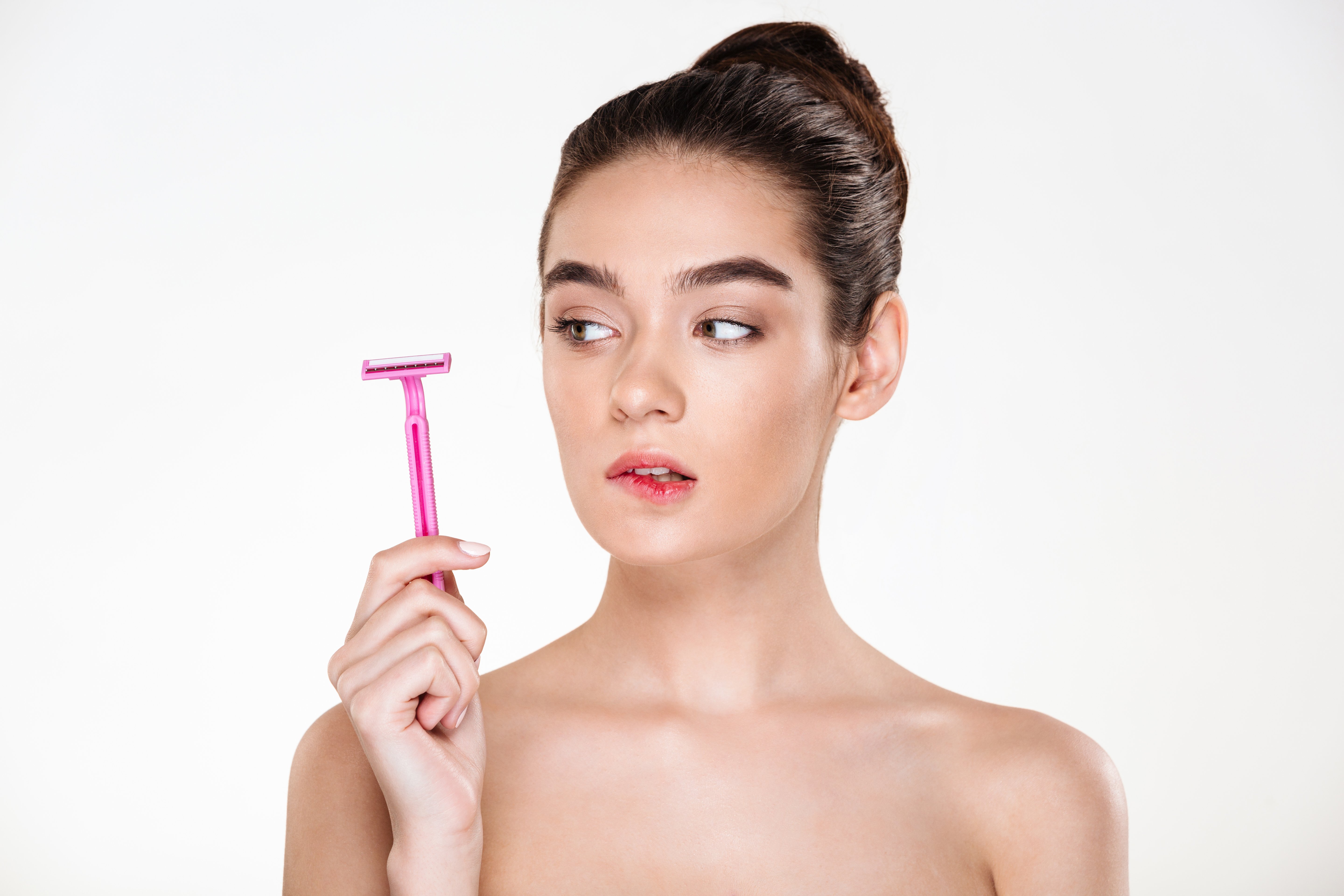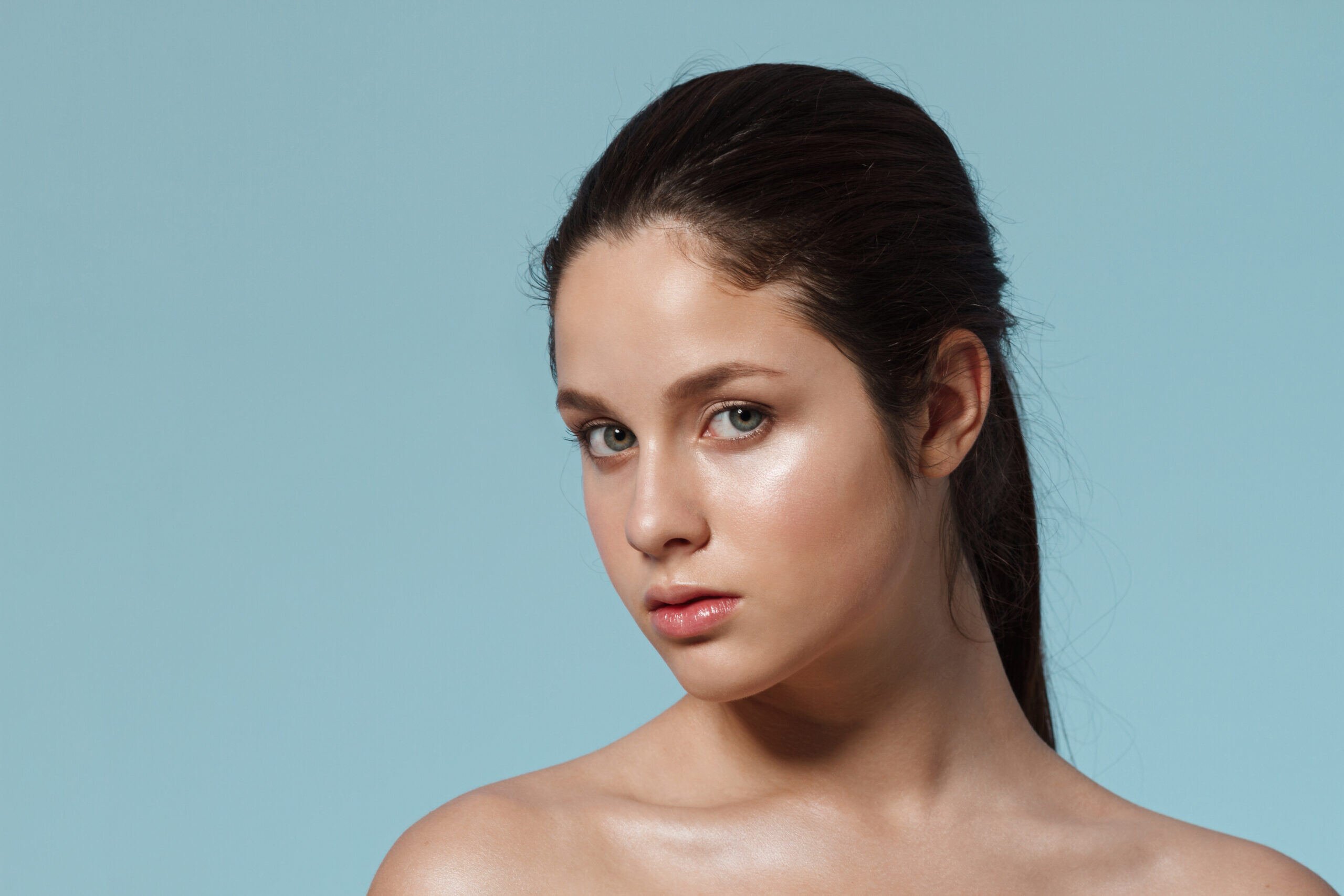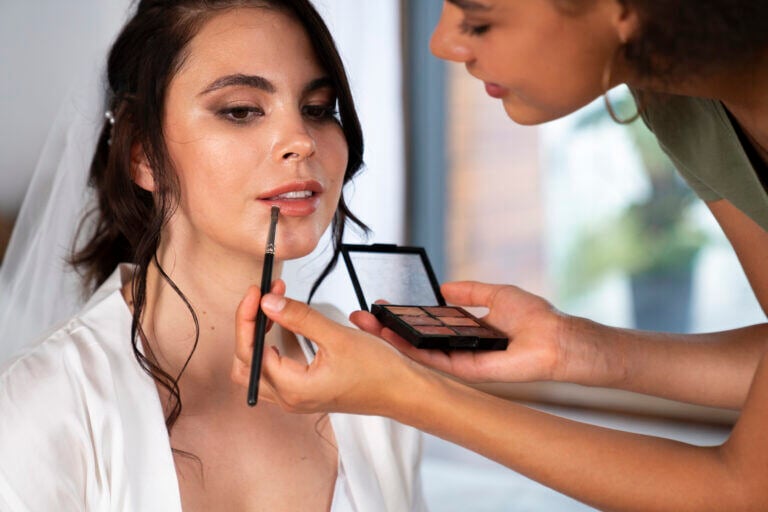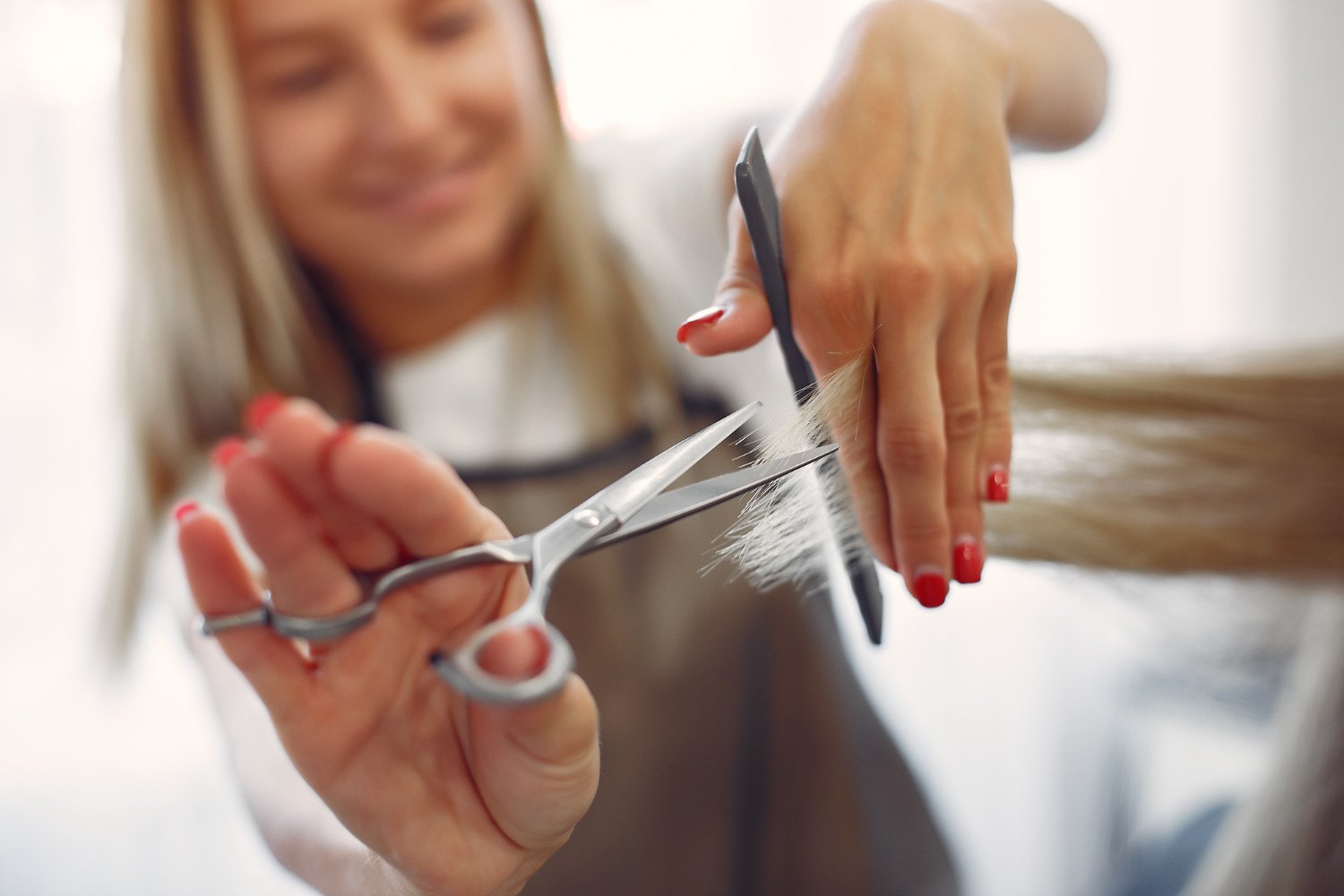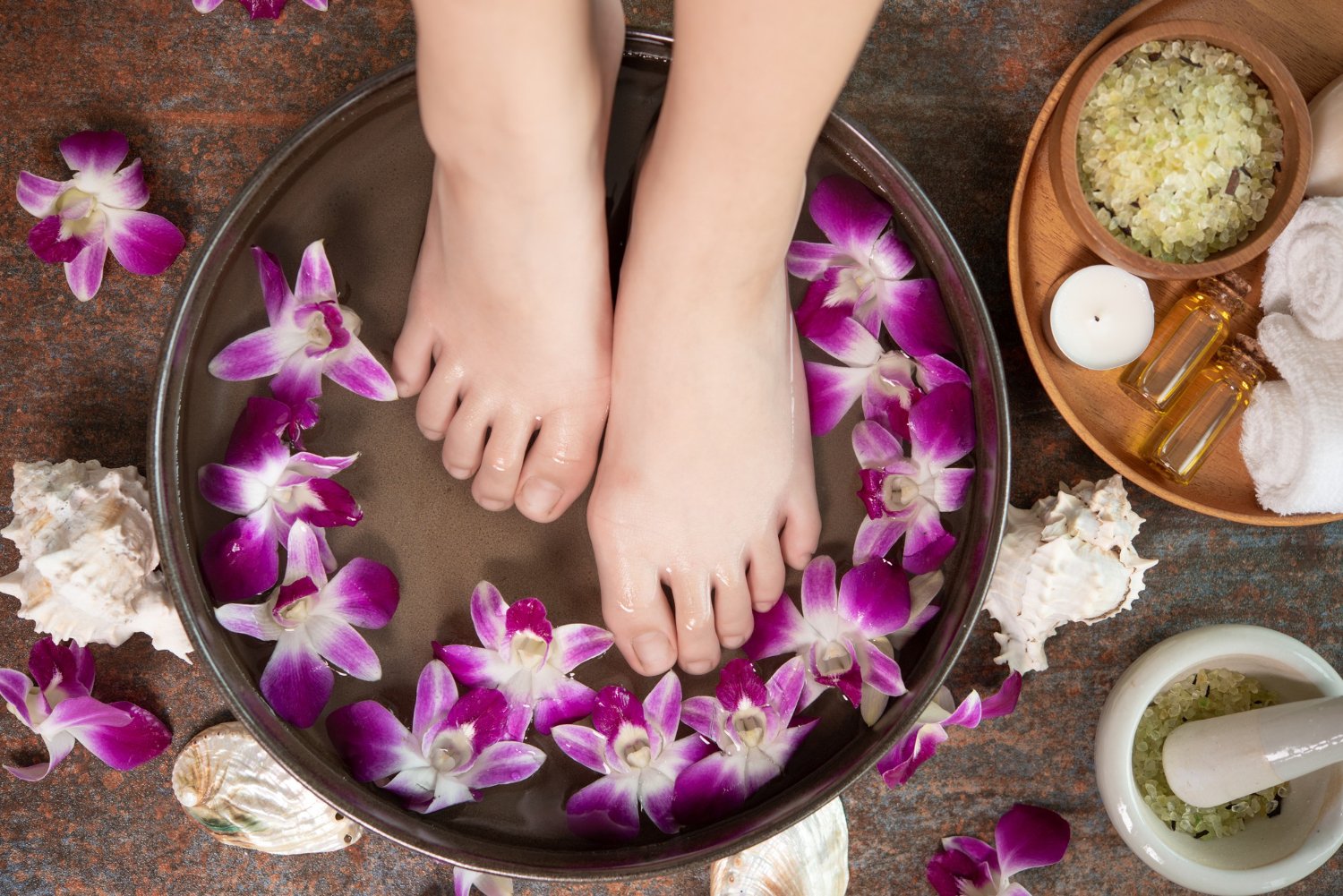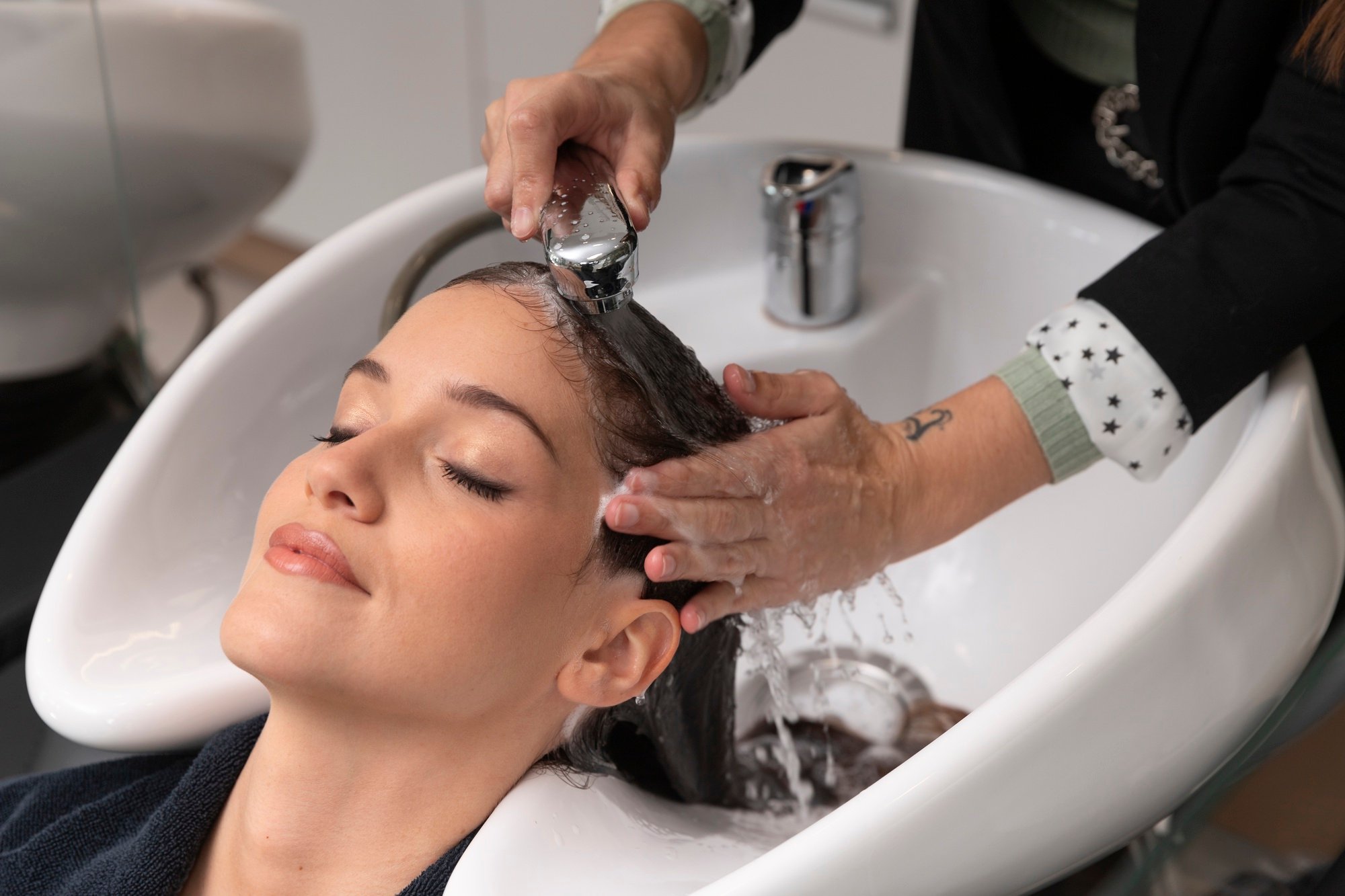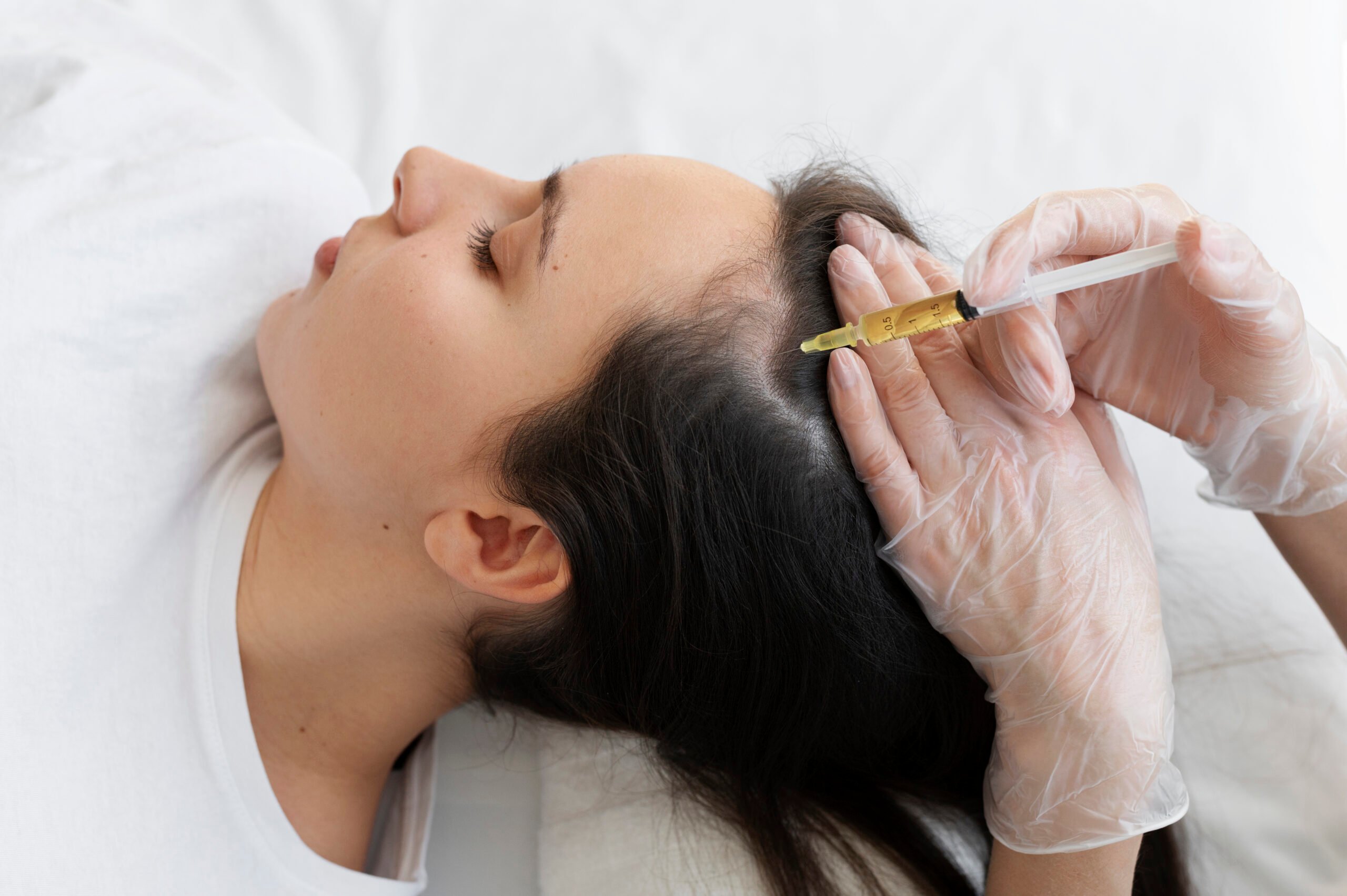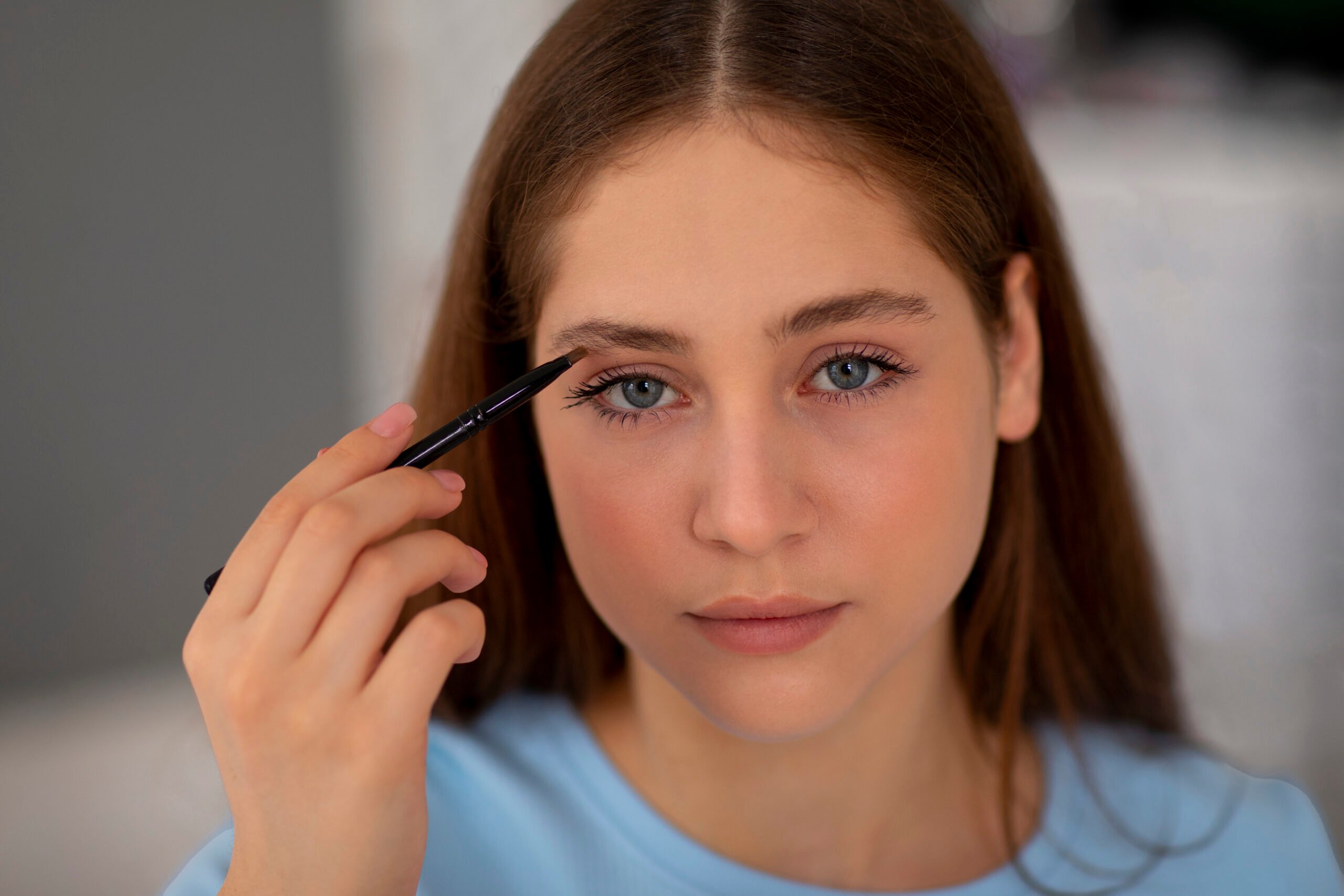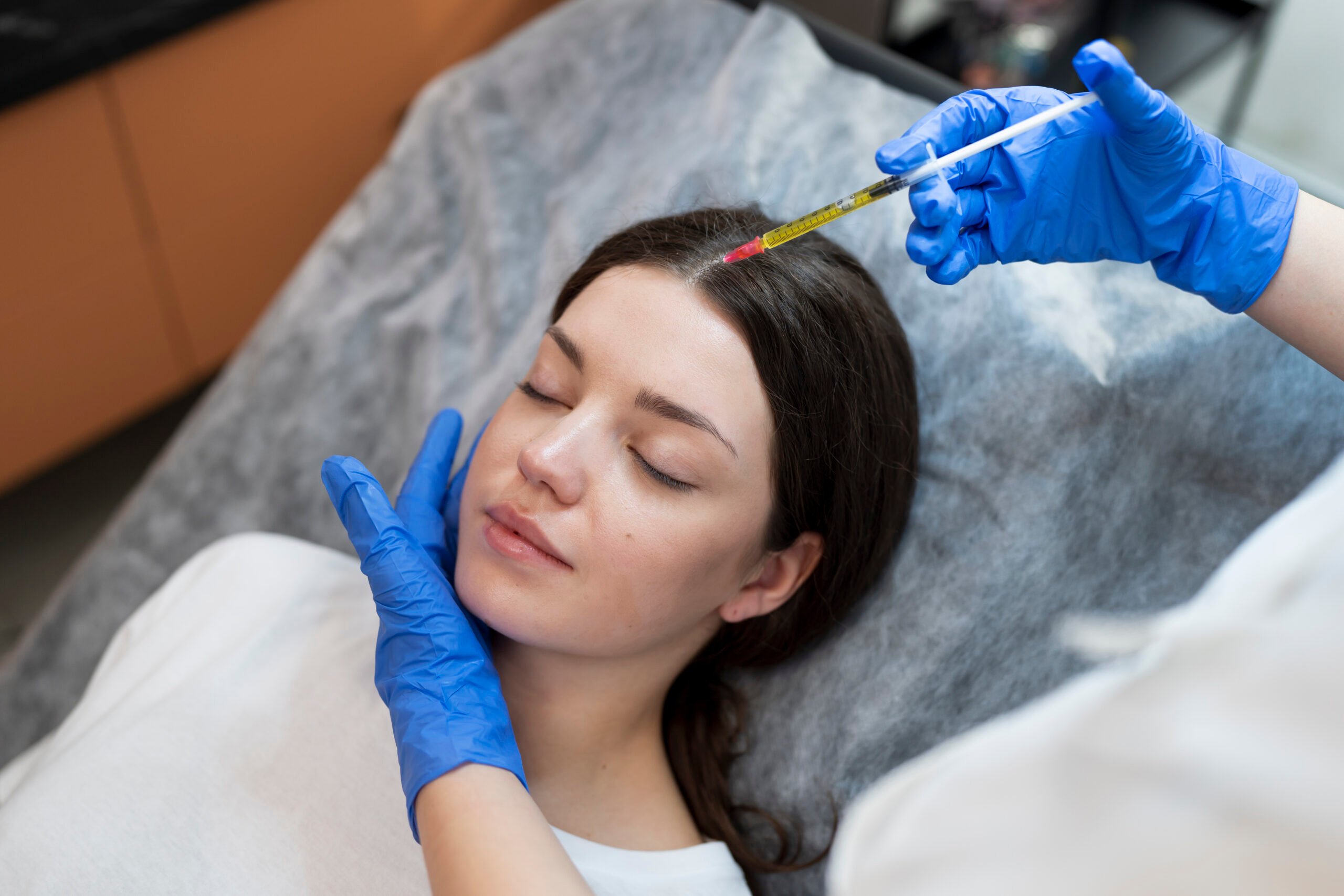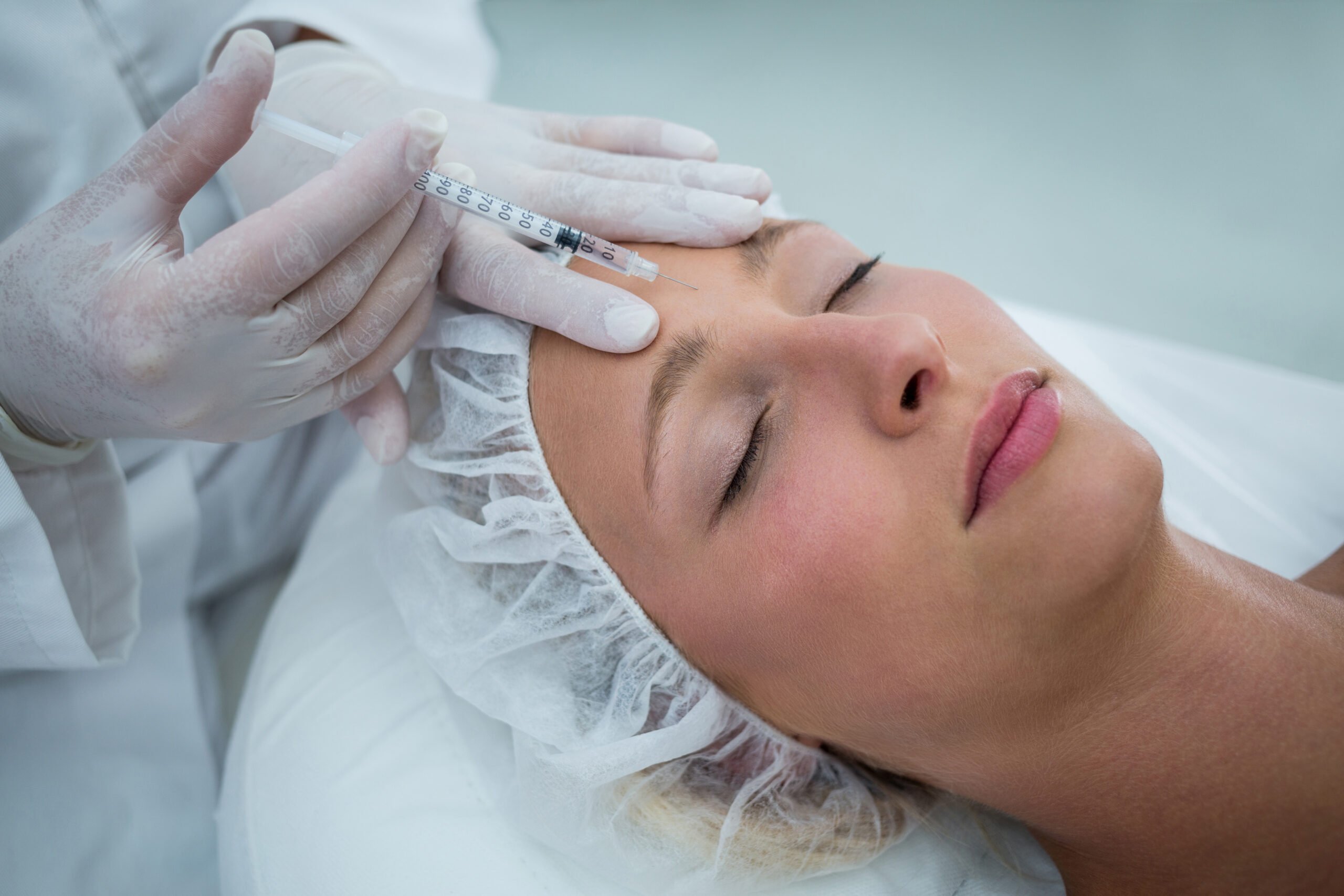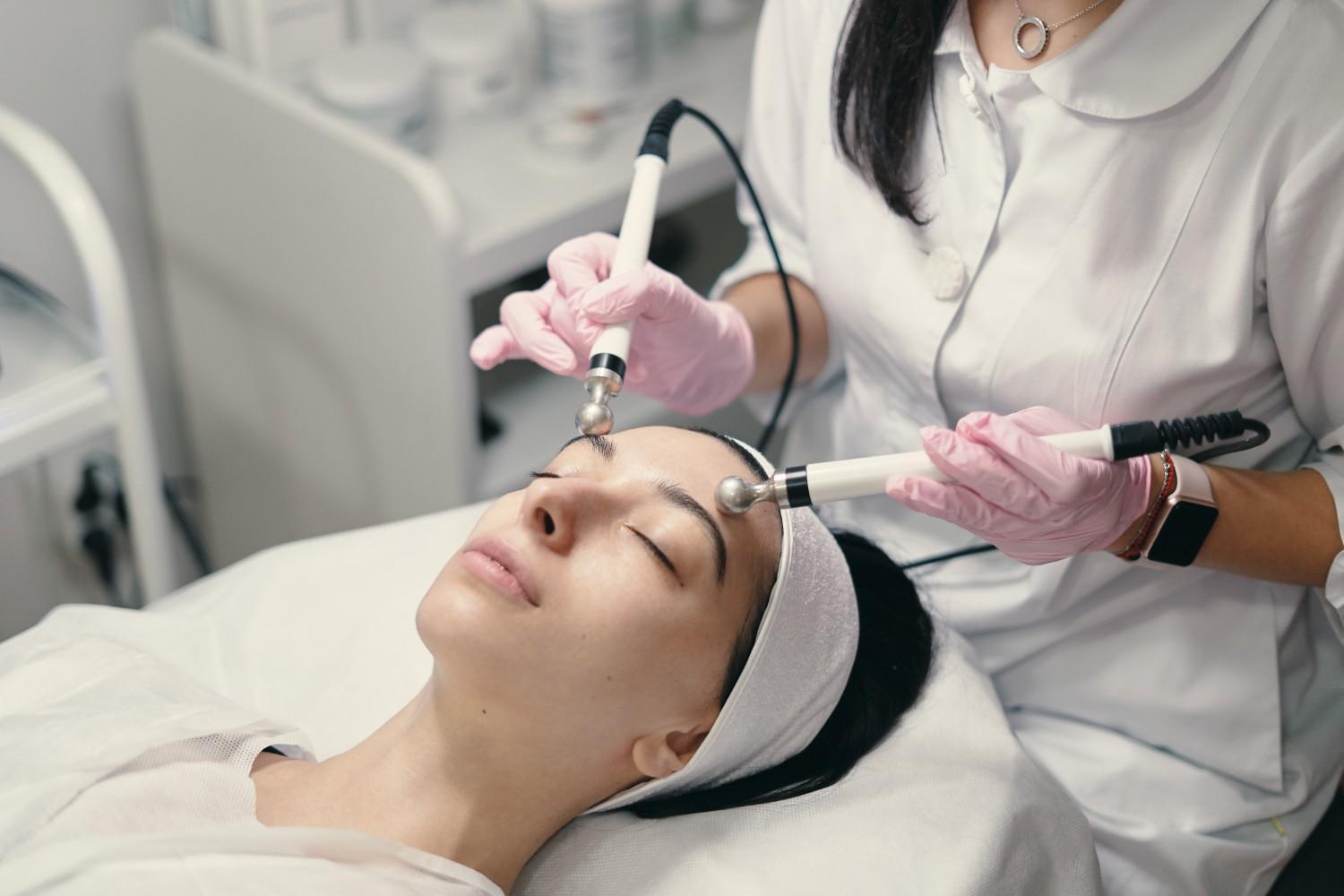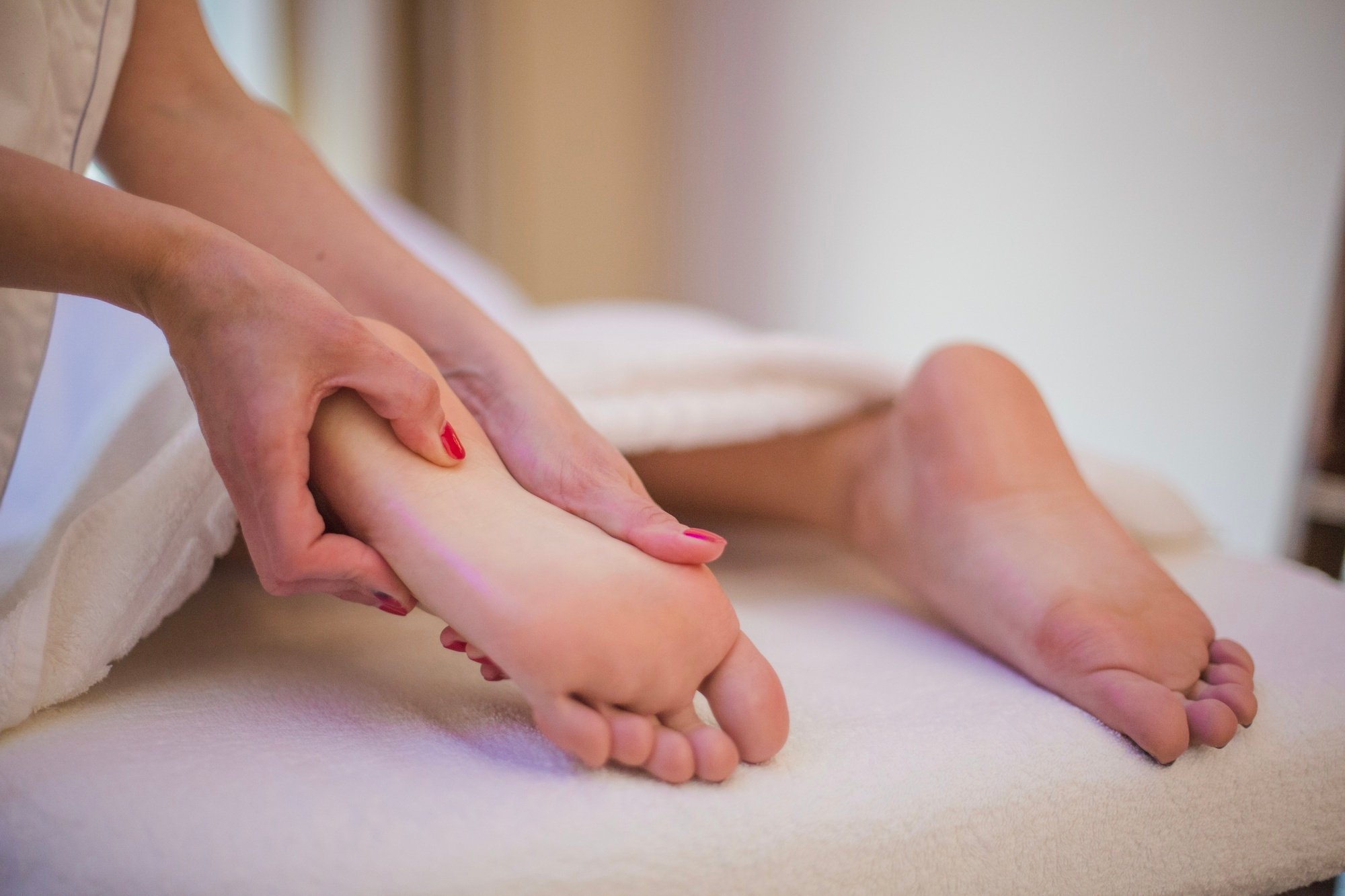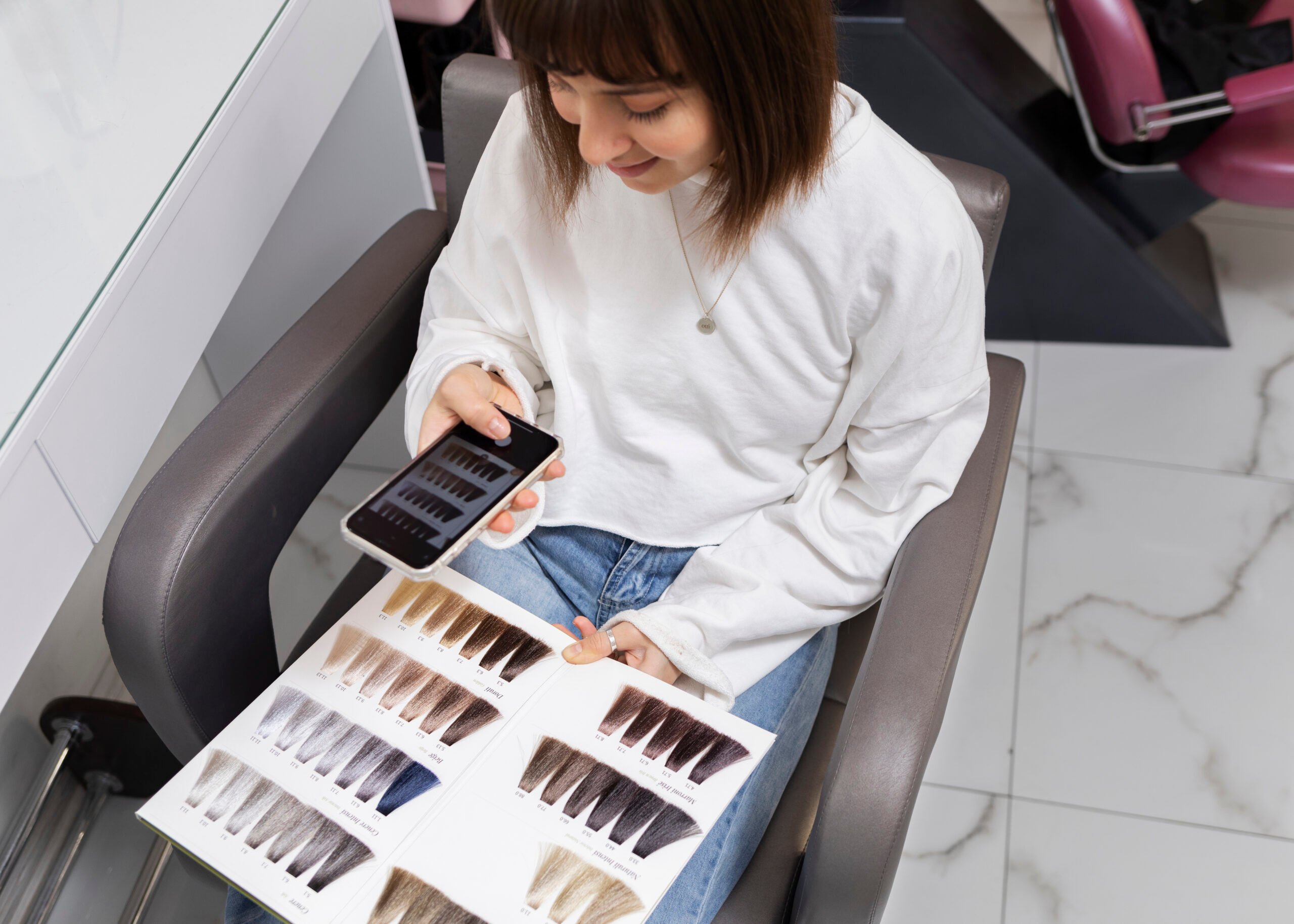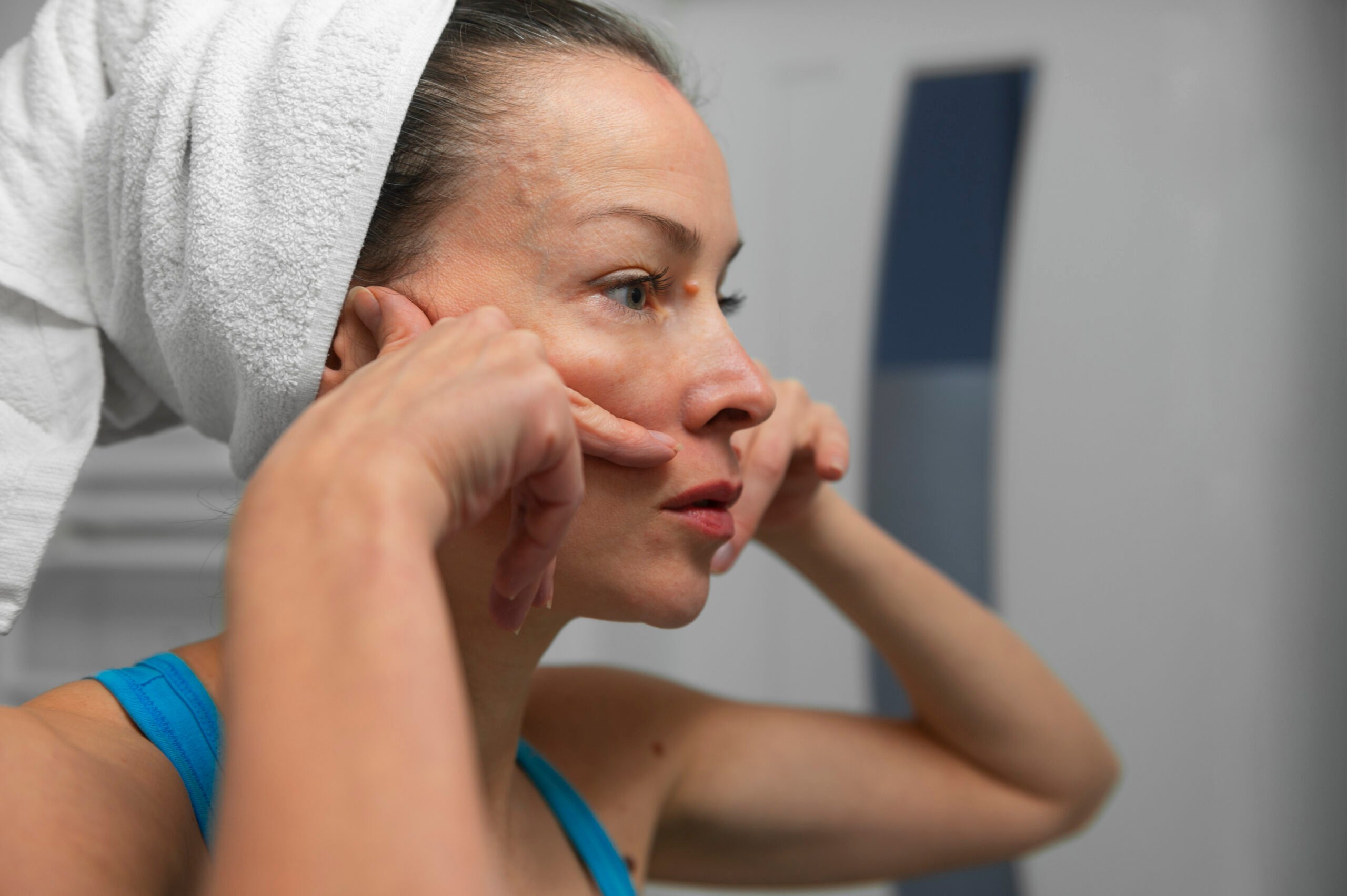Skin
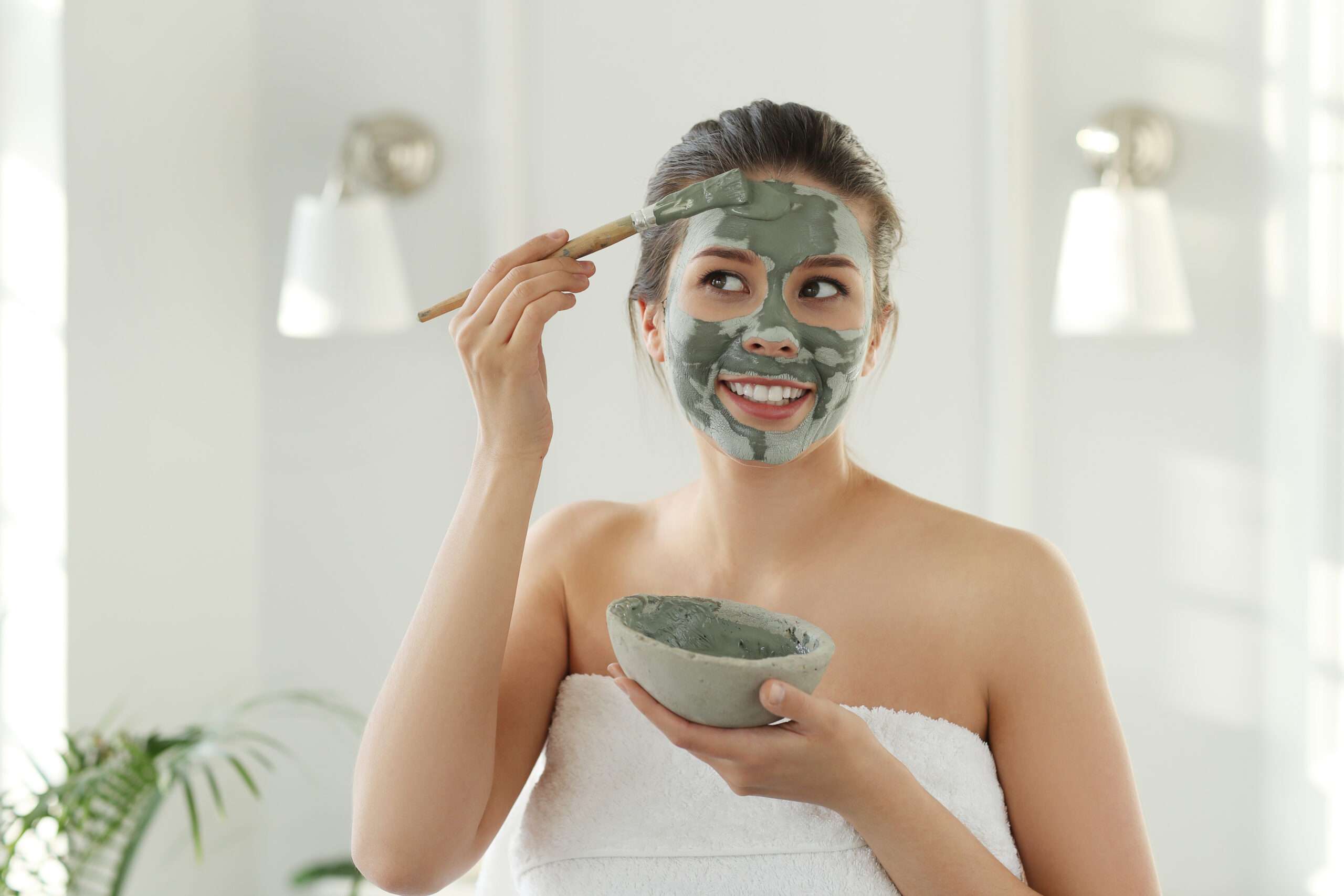
Skin
Struggling with Open Pores? Try the Treatments Everyone’s Talking About
7 minutes read | 13 Mar 23
We all want clear, smooth skin, but open pores can make it look uneven and textured. The good news? You can treat them. In this blog, let’s break down what causes open pores, the different types, and the best open pores treatments to help your skin look fresh, refined, and radiant again.
What are Open Pores?
Open pores are tiny openings on the surface of your skin that allow it to breathe and release natural oils and sweat. While they are a normal part of your skin’s structure, they can look enlarged or more visible, especially around the nose, cheeks, and forehead. These large open pores often make the skin look rough or uneven, and can lead to blackheads or breakouts when clogged.
What are the Different Types of Pores
Not all the pores are the same. In fact, your skin has two main types of pores, and both play an important role in keeping your skin balanced.
Sweat Pores
These are responsible for releasing sweat and keeping your body cool. They are very small and usually not visible to the naked eye unless your skin is irritated or inflamed. Sweat pores rarely get clogged, so they don’t often lead to skin concerns.
Oil pores
Oil pores, also known as sebaceous pores, release natural oils (sebum) to keep your skin moisturised types of pores. However, if your skin produces excess oil, these pores can become enlarged, clogged, or more visible. When we talk about open-pore treatment, we usually refer to the care and management of these oil pores.
What Causes Large Open Pores?
Large open pores don’t just appear overnight. They are often the result of a mix of natural factors and lifestyle choices. Let’s take a quick look at what can trigger them.

Genetics
If your parents have visibly larger pores, chances are you might too. Genetics often plays a key role in determining your skin type and pore size.
Hormonal changes
Fluctuations during puberty, pregnancy, or even your monthly cycle can increase oil production, making your pores look bigger.
Poor skincare habits and unsuitable products
Using harsh cleansers, skipping sunscreen, or over-exfoliating can irritate your skin, clog pores, and make them appear more prominent.
Overexposure to the sun
Too much sun breaks down collagen and weakens the skin’s structure, causing pores to lose support and stretch over time.
Excess sebum production
When your skin produces too much oil, it can collect in the pores, stretching them out and making them more visible.
Reduced skin elasticity
As you age, your skin naturally loses elasticity. When this happens, the area around your pores can start to sag, making them appear larger.
Treatments for Open Pores
Open pores can make your skin look uneven and textured. While it’s impossible to shrink pores permanently, certain dermatological treatments can help minimise their appearance and improve skin texture. Here are some of the most effective in-clinic treatments you can consider.
Microneedling with Dermapen
Microneedling with Dermapen is a popular treatment that creates micro-injuries on the skin’s surface using tiny needles. These microchannels trigger your body’s natural healing response, boosting collagen and elastin production. Over time, this leads to tighter skin and smaller-looking pores.
Before and after microneedling with dermapen
Before: Skin may appear rough, with visible open pores, especially around the cheeks and nose.
After: With consistent sessions, the skin looks smoother, firmer, and more refined. Pores are visibly reduced, and the overall texture improves.
Profhilo
Profhilo is an injectable treatment that uses highly concentrated hyaluronic acid to deeply hydrate and stimulate collagen. It improves skin elasticity and tightens loose or sagging skin, making pores appear less noticeable.
Before and after Profilo treatment
Before: Dehydrated and dull skin with enlarged pores.
After: The skin looks hydrated, plump, and glowing, pore size is reduced, and the face appears more youthful and radiant.
Skinvive
Skinvive is a skin booster that delivers microdroplets of hyaluronic acid directly into the skin. It improves skin texture, smoothens fine lines, and gives the skin a soft, dewy glow, perfect for reducing the appearance of open pores.
Before and after SkinVive
Before: Textured skin with enlarged pores and uneven tone.
After: The skin feels smoother and more supple, open pores are less visible, and the complexion looks refreshed and luminous.
Cost of the treatment of open pores
Let’s have a look at the cost of open pore treatment:
|
Treatment |
Cost |
|
Microneedling using Dermapen |
₹21,000 |
|
Profilo Treatment |
₹35,000 to ₹60,000 |
|
Skinvive |
₹22,000 |
Tips to reduce open pores
While professional treatments are effective, a few skincare habits can help manage and reduce open pores at home:
- Cleanse regularly: Use a gentle cleanser to remove excess oil and dirt regularly. This is important, especially if you travel daily. Cleansing will remove the excess dirt from the outer environment.
- Exfoliate twice a week: This helps clear out clogged pores by removing dead skin and excess oil. Use a gentle scrub or a chemical exfoliant with salicylic or glycolic acid. Don’t overdo it, twice a week is enough, especially if you have sensitive skin. Always moisturise after and use sunscreen the next day, as exfoliated skin is more sensitive to the sun.
- Use non-comedogenic products: Pick skincare and makeup labeled "non-comedogenic," which means they’re specially made not to clog pores. This is especially important if you have oily or acne-prone skin. Heavy creams or oil-based products can block pores and lead to blackheads or breakouts, so always check the label before buying.
- Apply sunscreen daily: Sun damage breaks down collagen, which can make pores appear larger and skin look rough. Using sunscreen every day helps protect your skin, prevents early aging, and keeps your pores from stretching out. Go for a lightweight, non-comedogenic sunscreen, especially if you have oily or sensitive skin, so it won’t add to the problem.
- Incorporate retinoids or niacinamide: Retinoids help increase cell turnover, unclog pores, and reduce oiliness, making the skin smoother over time. Niacinamide (Vitamin B3) helps control oil, tighten pores, reduce redness, and improve overall skin tone. Start slowly with these ingredients, just a few times a week, especially if you are new to them, and always moisturise well to avoid dryness.
Say Goodbye To The Pores!
Open pores can make your skin look uneven, but with the right treatments, you can enjoy a smoother, more refined complexion. From microneedling to skin-boosting injectables like Profhilo and Skinvive, each option is designed to target enlarged pores and improve overall skin texture.
At Bodycraft, our skilled dermatologists use advanced techniques and high-quality products to deliver safe, visible results. Reclaim your skin’s natural glow, book your appointment today, and take the first step toward poreless confidence.
FAQs around Open Pores Treatment
1. Can open pores be cured completely?
There is no way to close your pores completely, however, there are ways to make them look less prominent on your skin.
2. Does applying ice to your face close your pores?
Yes, ice has the ability to minimise the appearance of open pores because of its skin-tightening effect, but only for a very short time.
3. Do pores start opening with age?
Your skin loses elasticity as you age, causing it to stretch and giving the appearance of open pores. Additionally, your skin becomes thicker, which causes tiny skin cells to gather around your pores and give them a larger appearance.
4. Does sunscreen clog pores?
If you have open pores, it’s best to avoid sunscreen that contains any oils which can clog pores. Opt for non-comedogenic sunscreens which are designed to prevent your pores from getting clogged.
5. Which is the best treatment for open pores on the face?
Some of the best treatments for open pores on your face are Microneedling with Dermapen and Profhilo. Get in touch with our team at Bodycraft to understand more about your treatment options.
6. Which food is good for open pores?
A healthy diet can contribute to overall skin health. Consider including foods rich in:
- Antioxidants: Found in fruits and vegetables, they can help protect the skin.
- Vitamins A, C, and E: Found in various fruits and vegetables, they support skin health.
- Omega-3 fatty acids: Found in fish, flaxseeds, and walnuts, they can contribute to skin elasticity.
- Zinc: Found in nuts, seeds, and whole grains, it supports wound healing and skin health.
7. At what age do pores enlarge?
Pores can appear larger during adolescence due to increased oil production and hormonal changes. However, ageing can also contribute to enlarged pores as the skin loses elasticity and collagen. Factors like sun damage and genetics also play a role.
8. What is a normal skin pore size?
Pore size varies among individuals, but on average, pores are not visible to the naked eye. Factors like genetics, skin type, and age influence pore size. Typically, the pore size may increase with age and sun damage, leading to the appearance of larger pores. Regular skin care and protection from sun damage can help maintain skin health and minimise the visibility of pores.
Related categories
Get a complimentary consultation today. Book now
























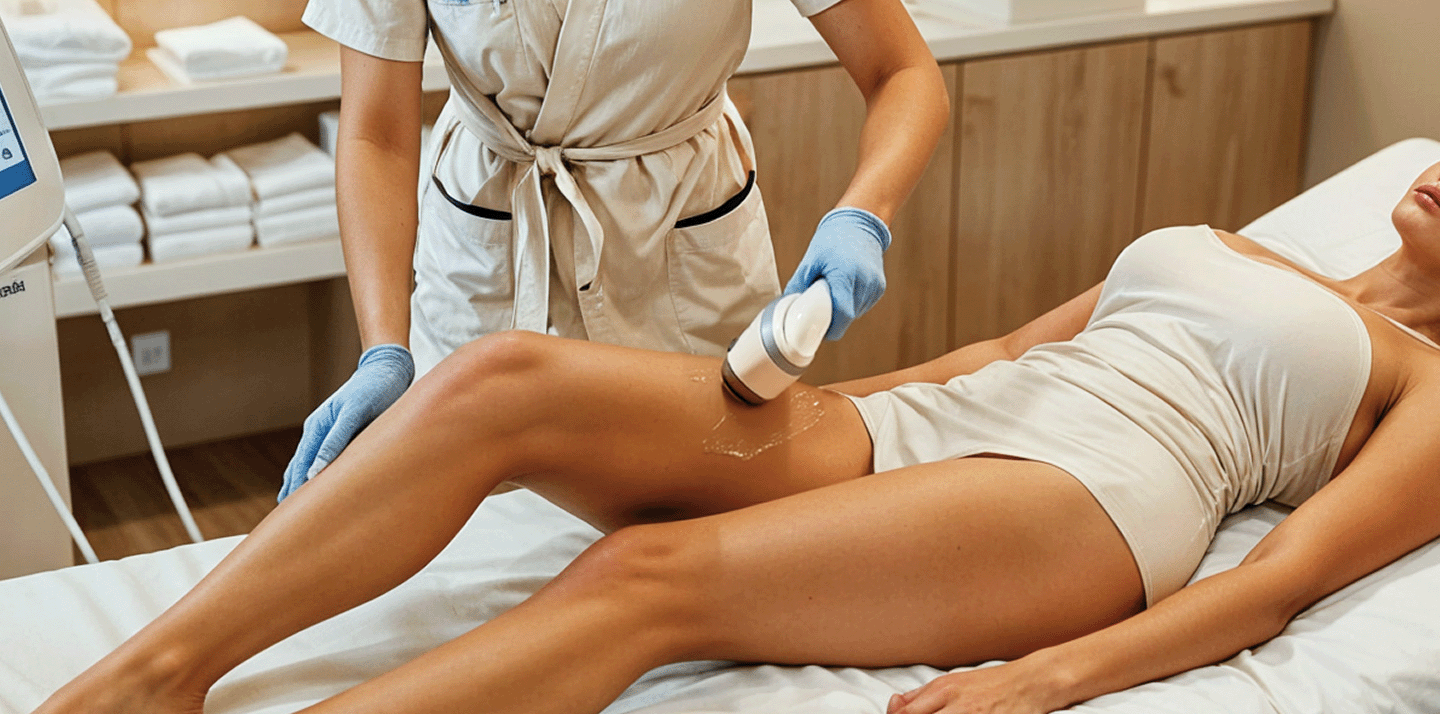














.png)

























-1.png)

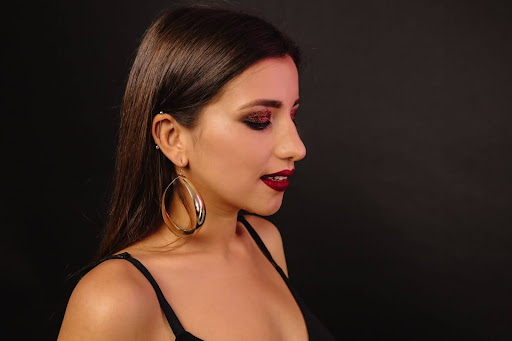
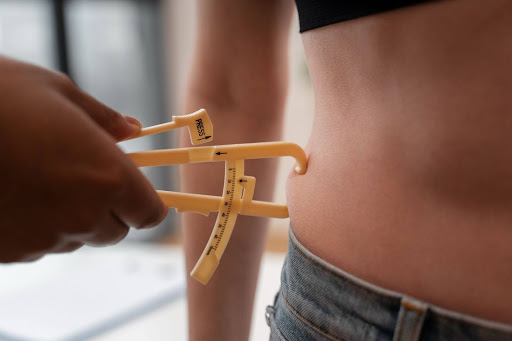

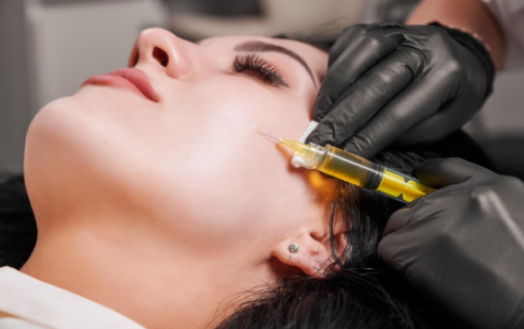
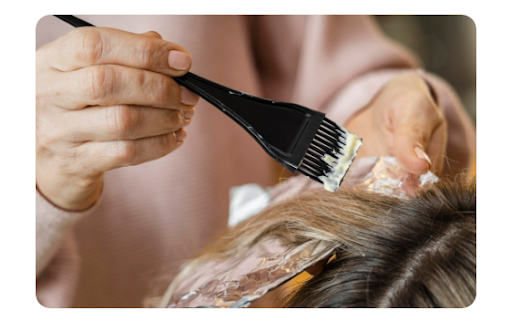
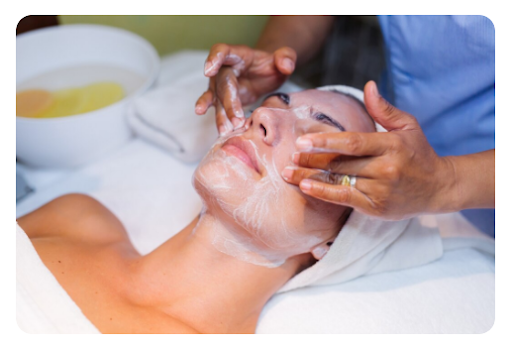

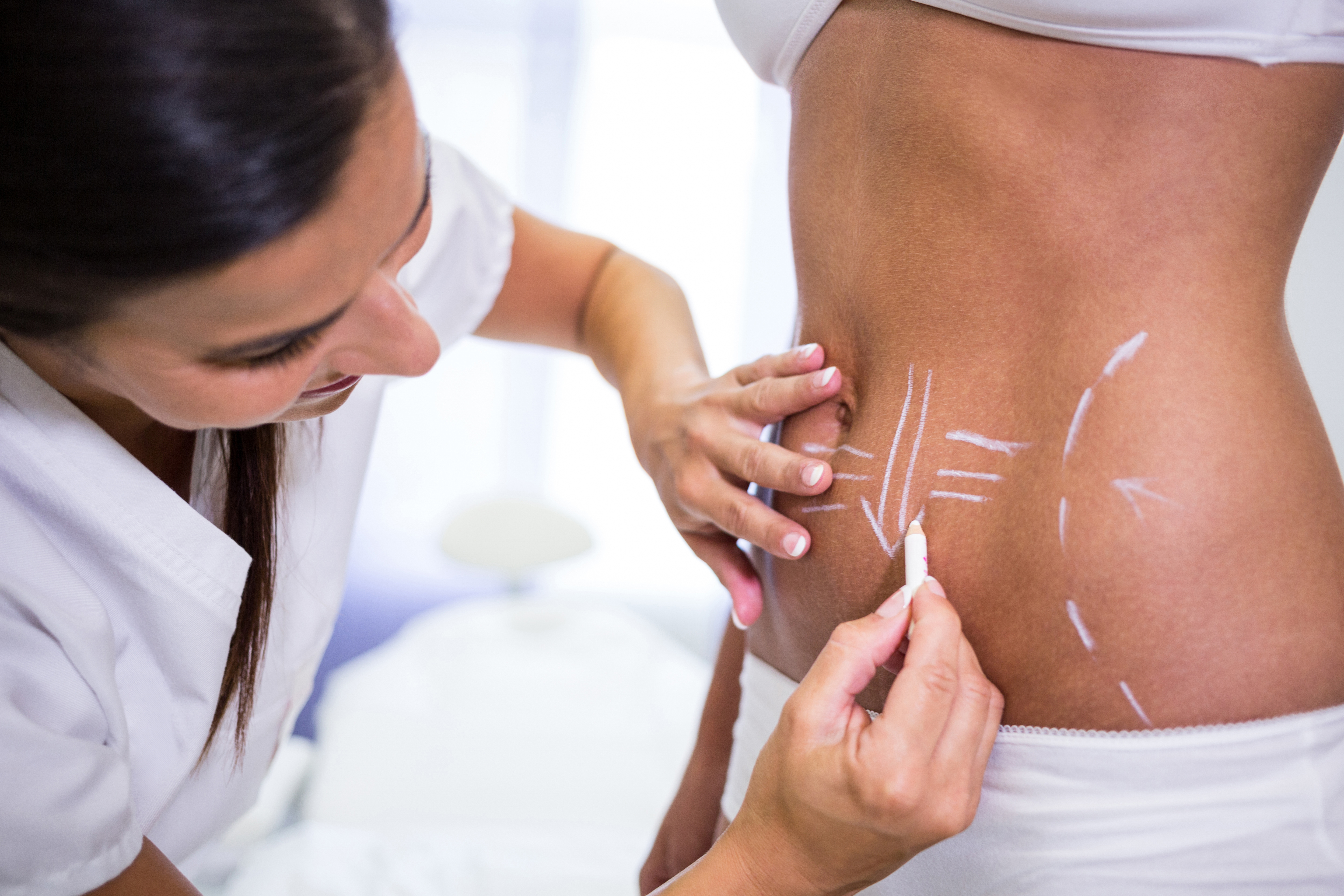
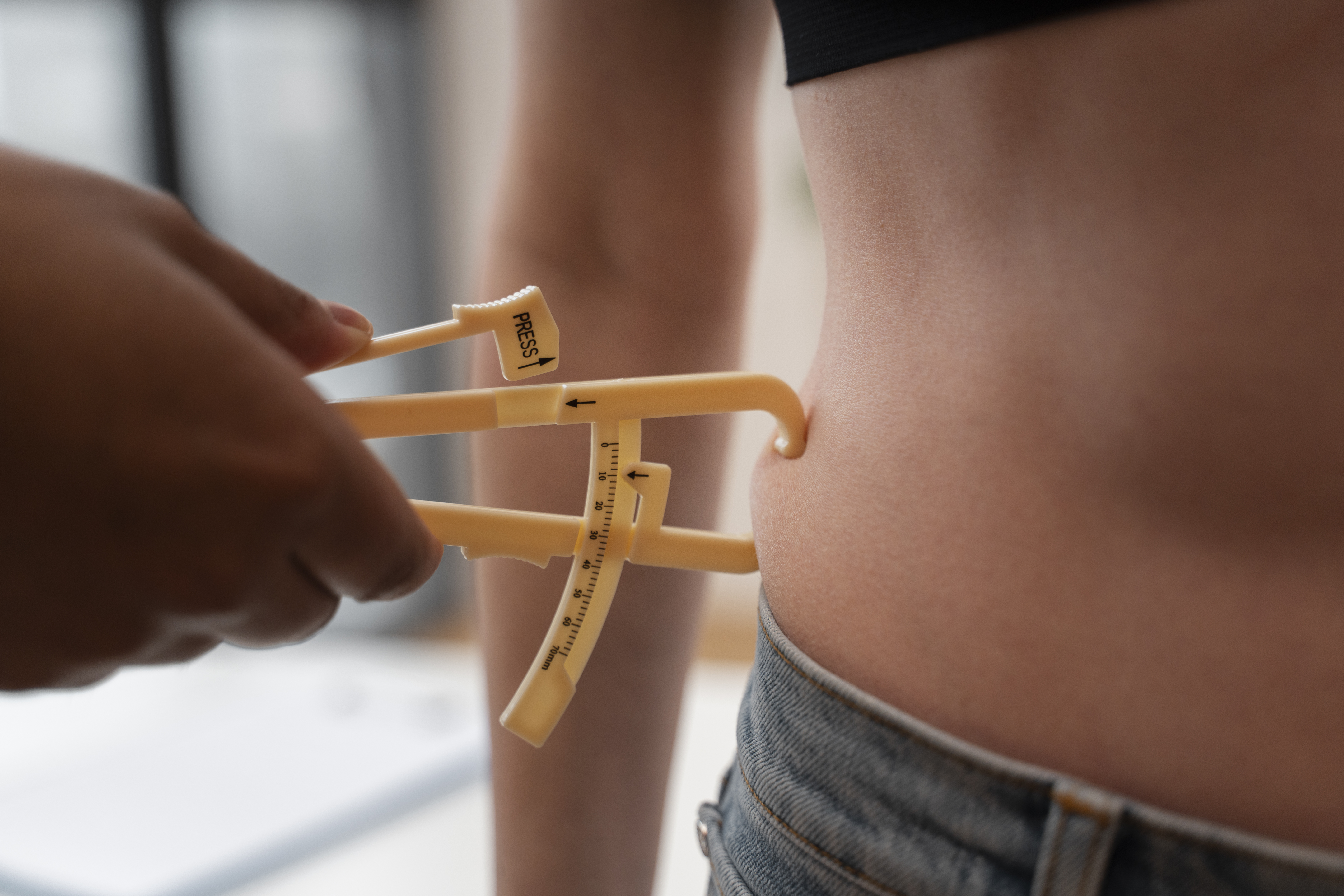
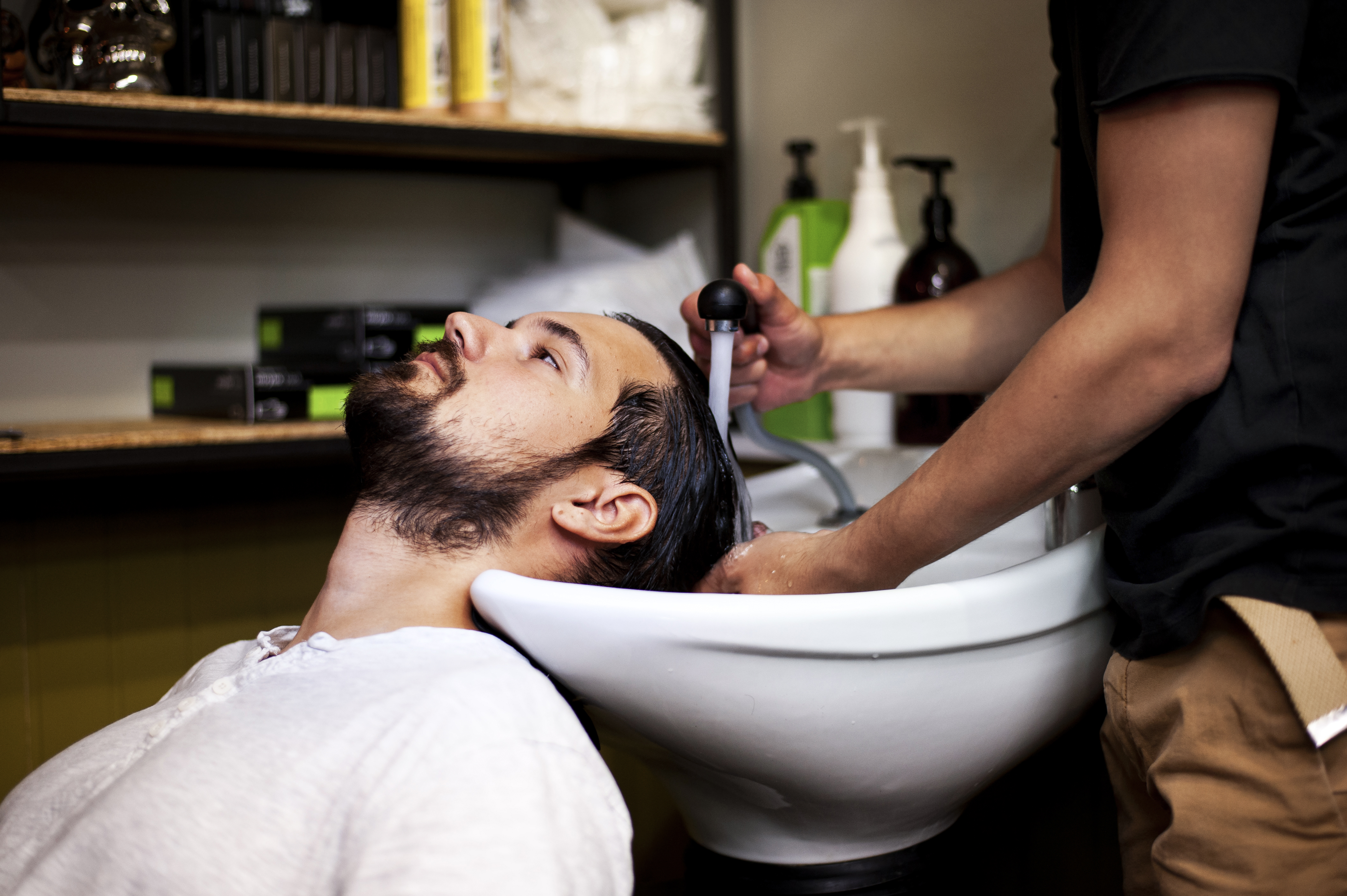
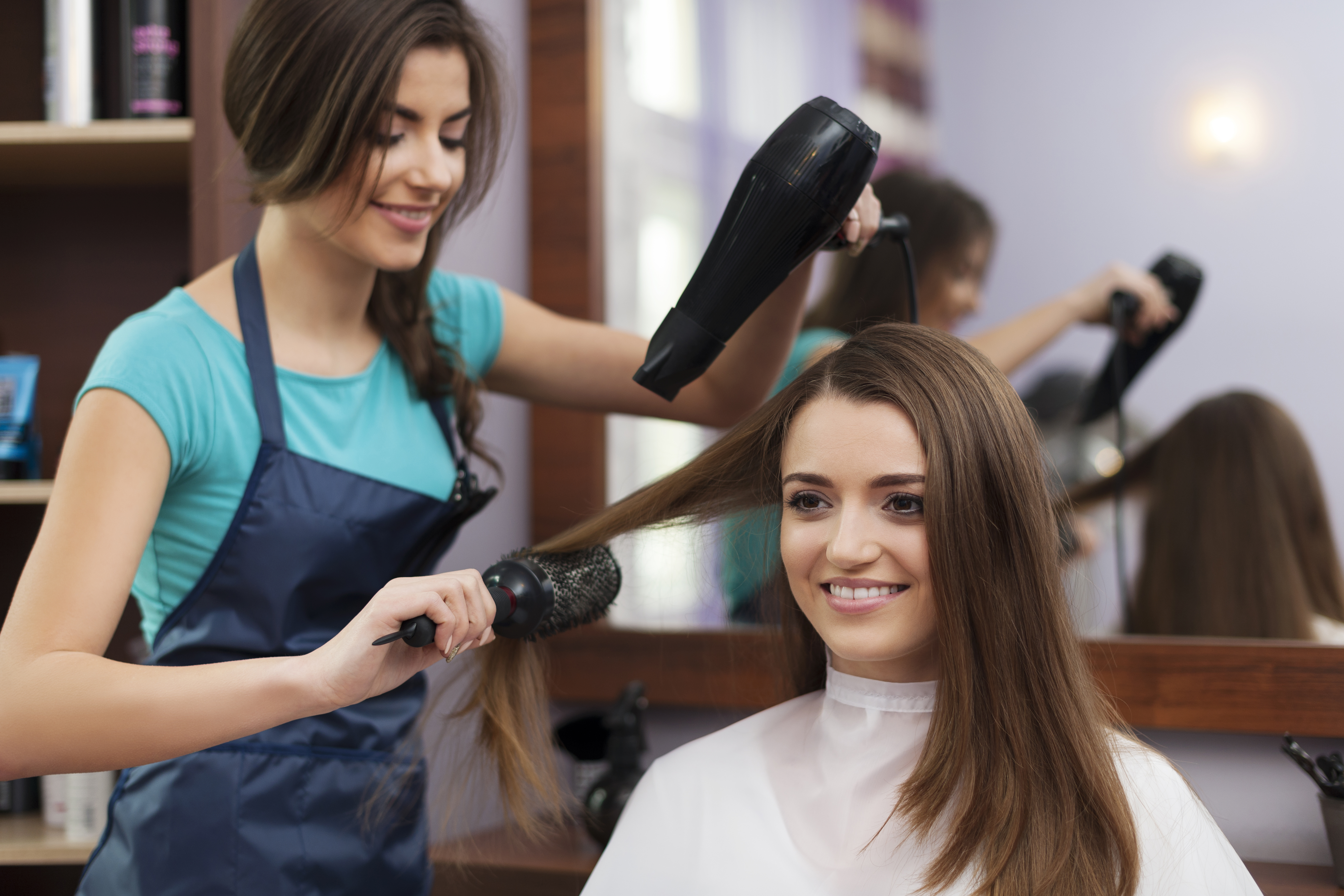
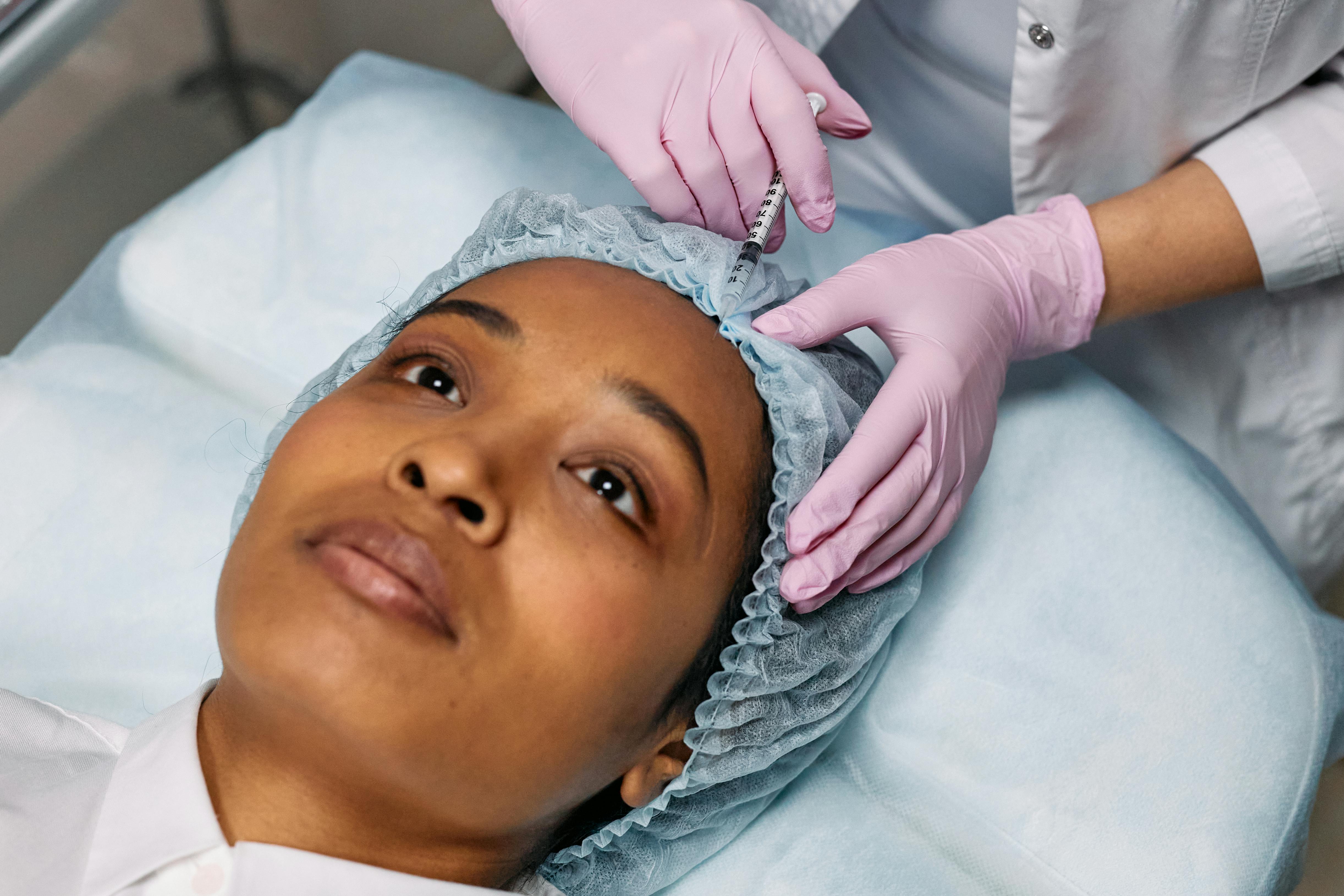
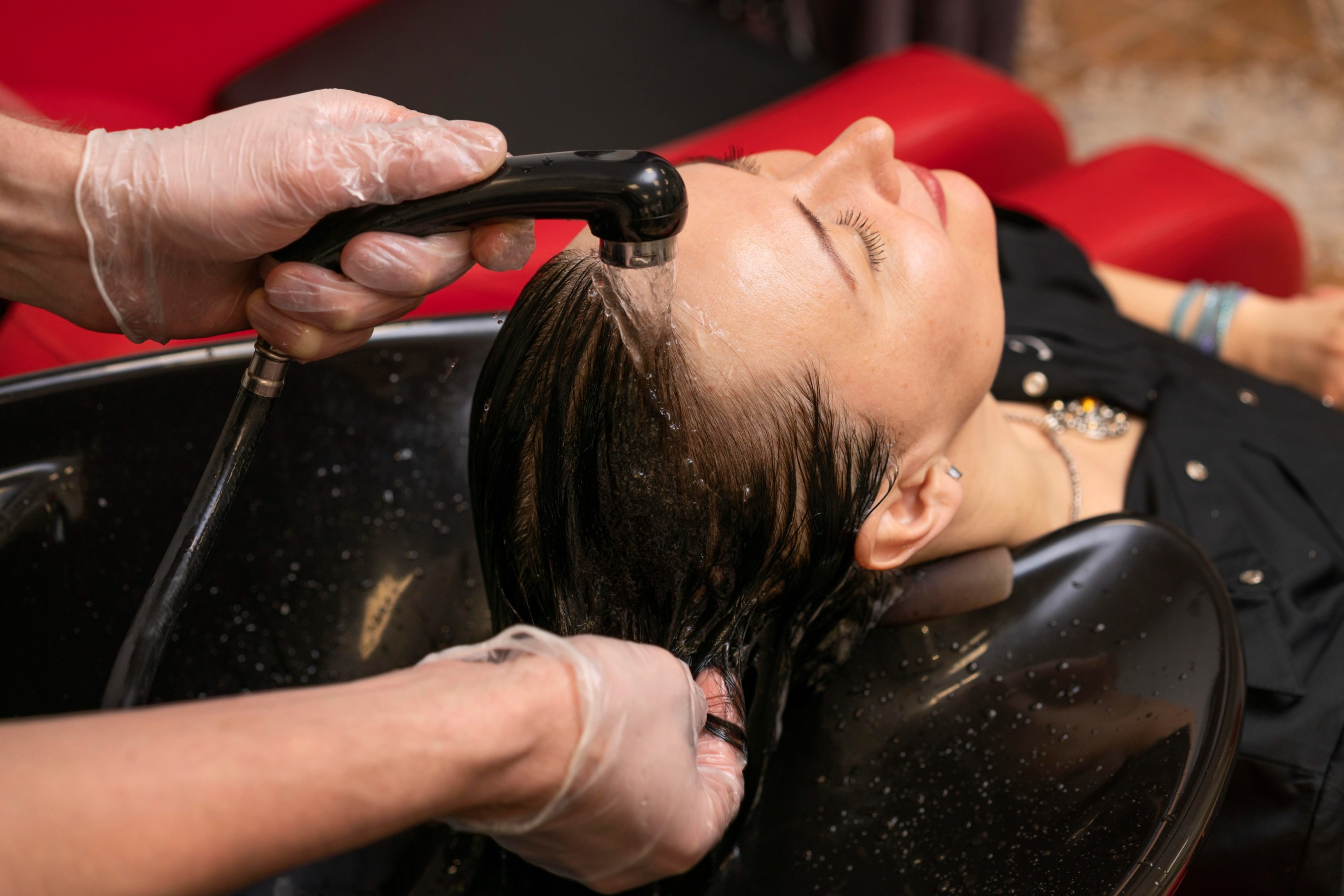
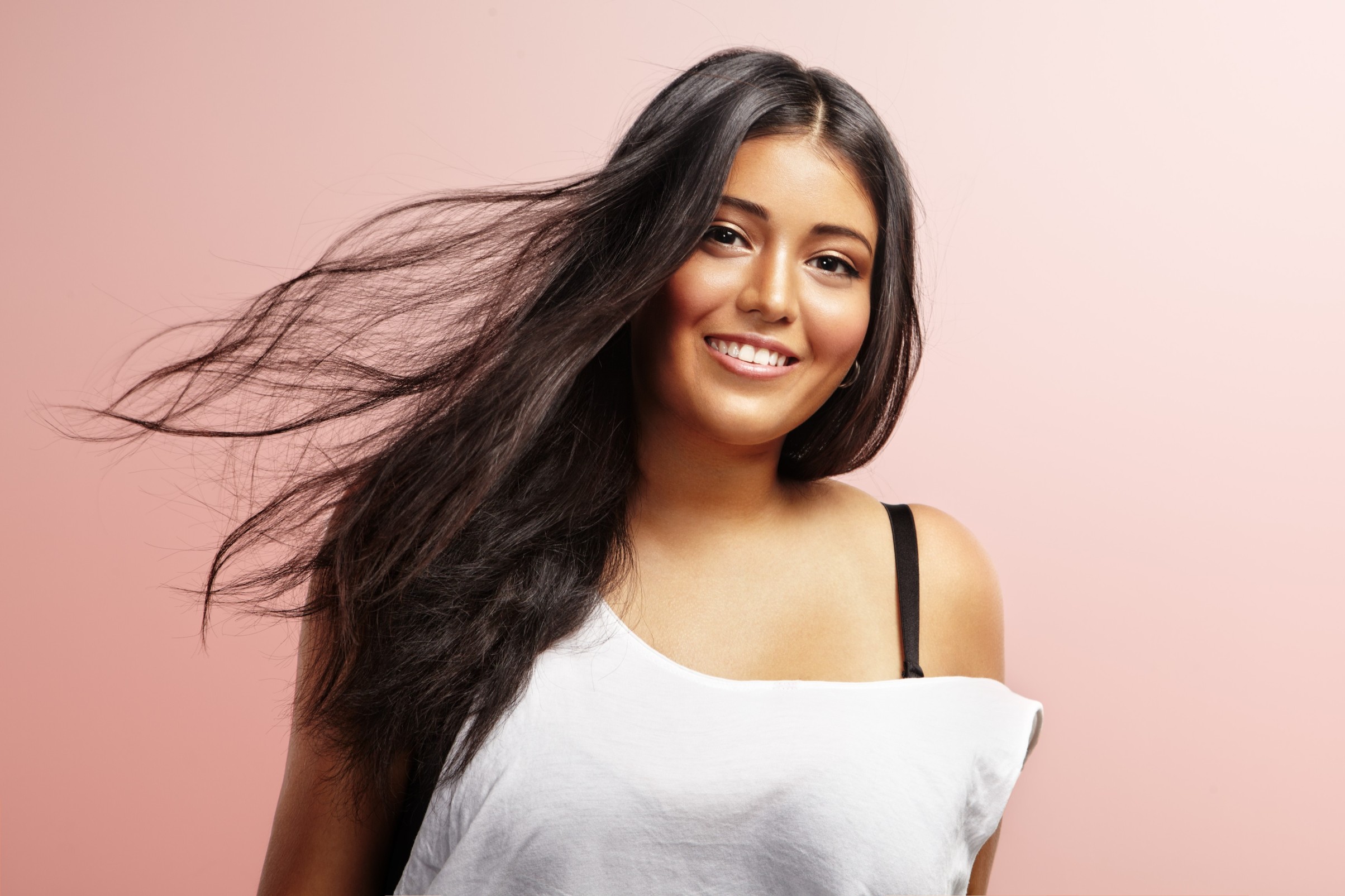


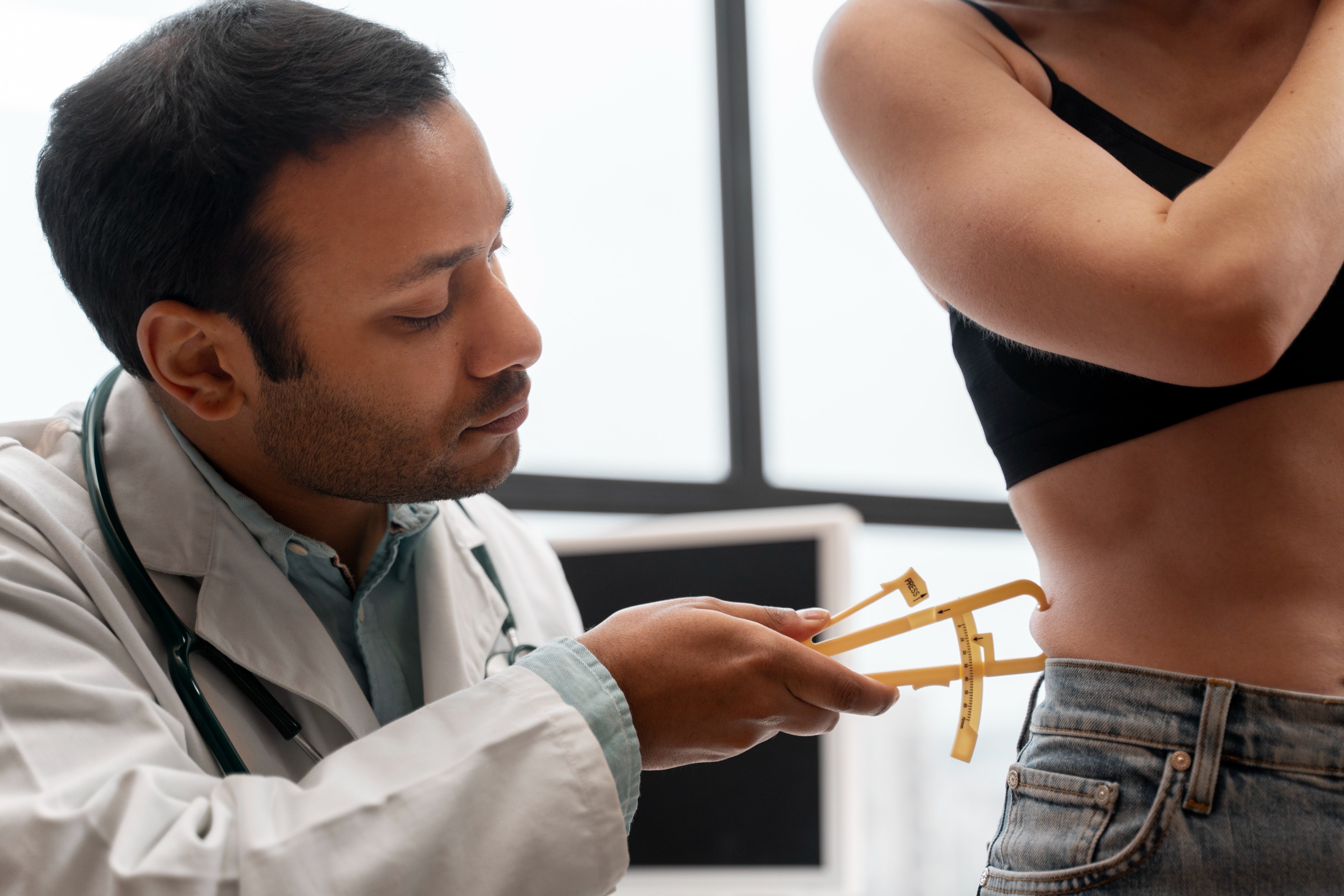
.jpg)
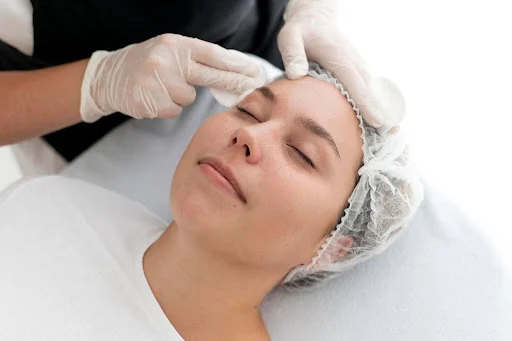
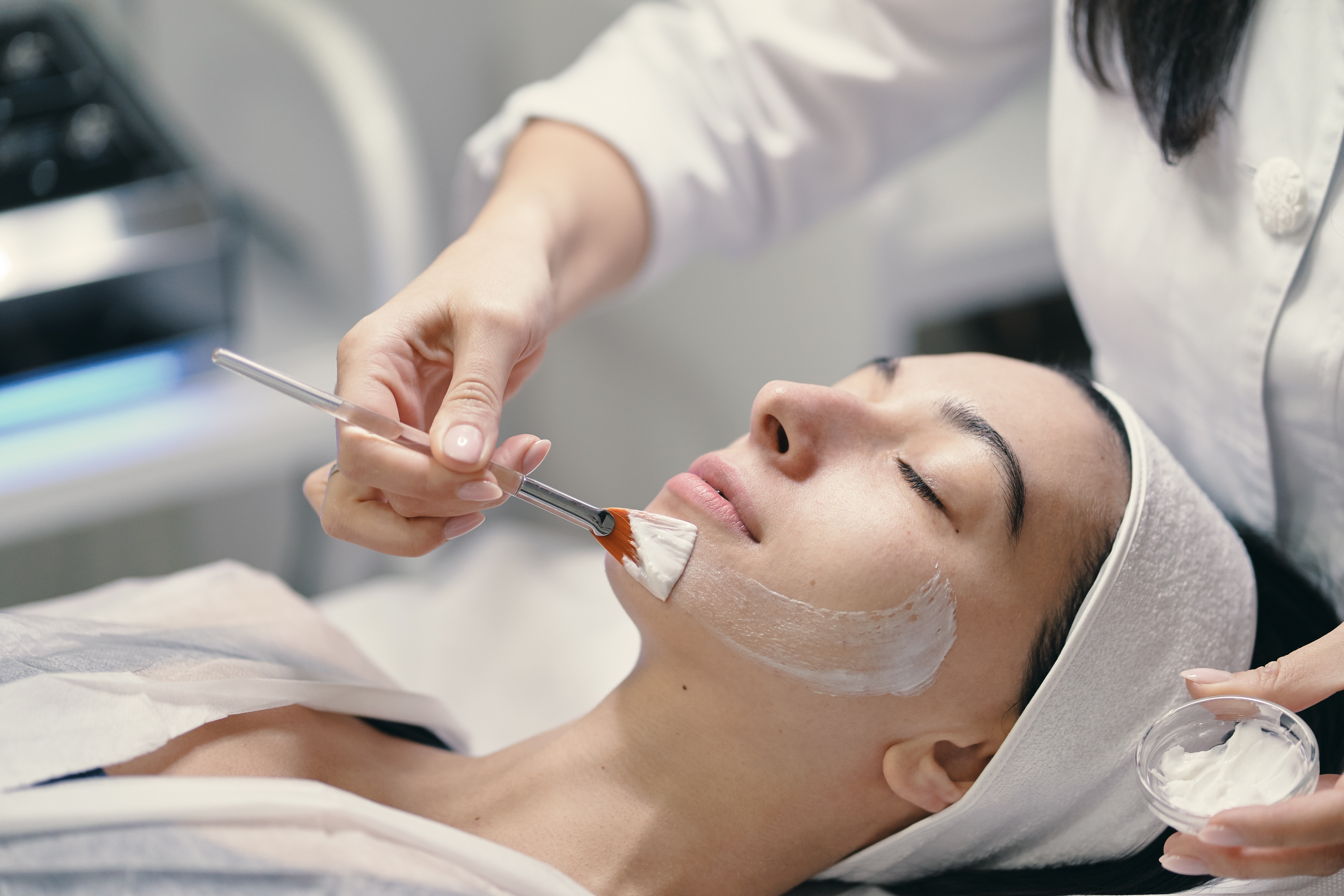

.jpg)
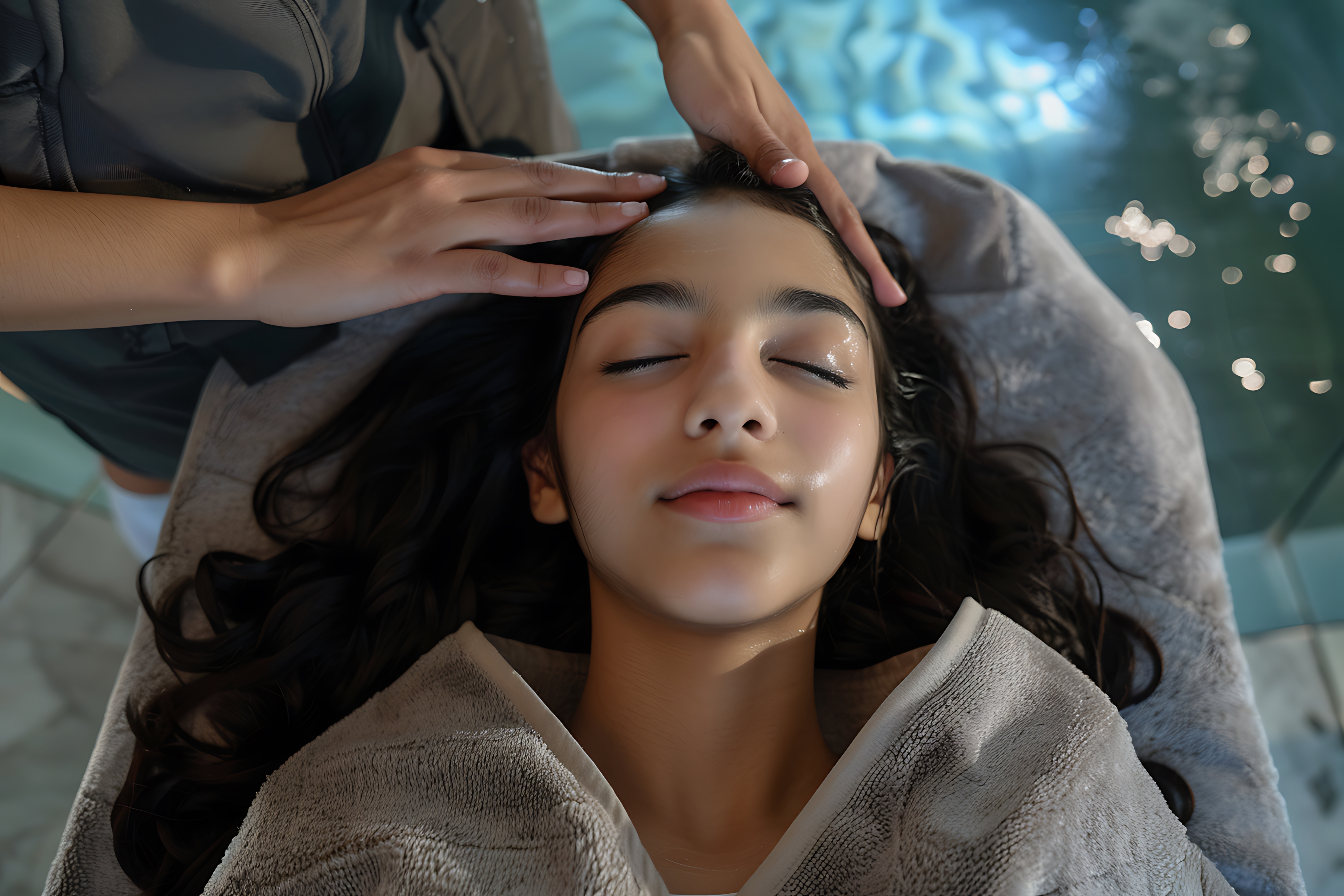

.jpg)
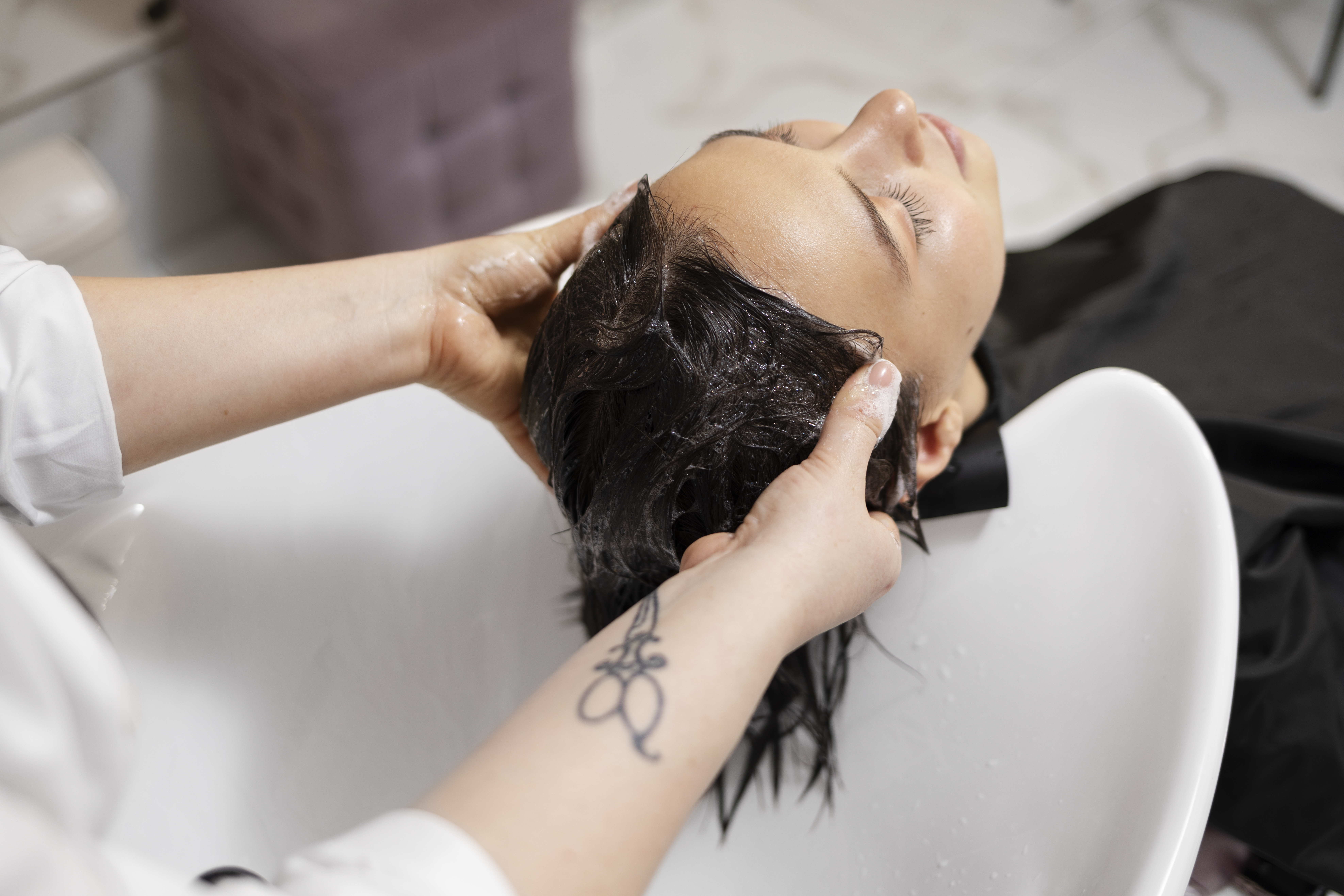
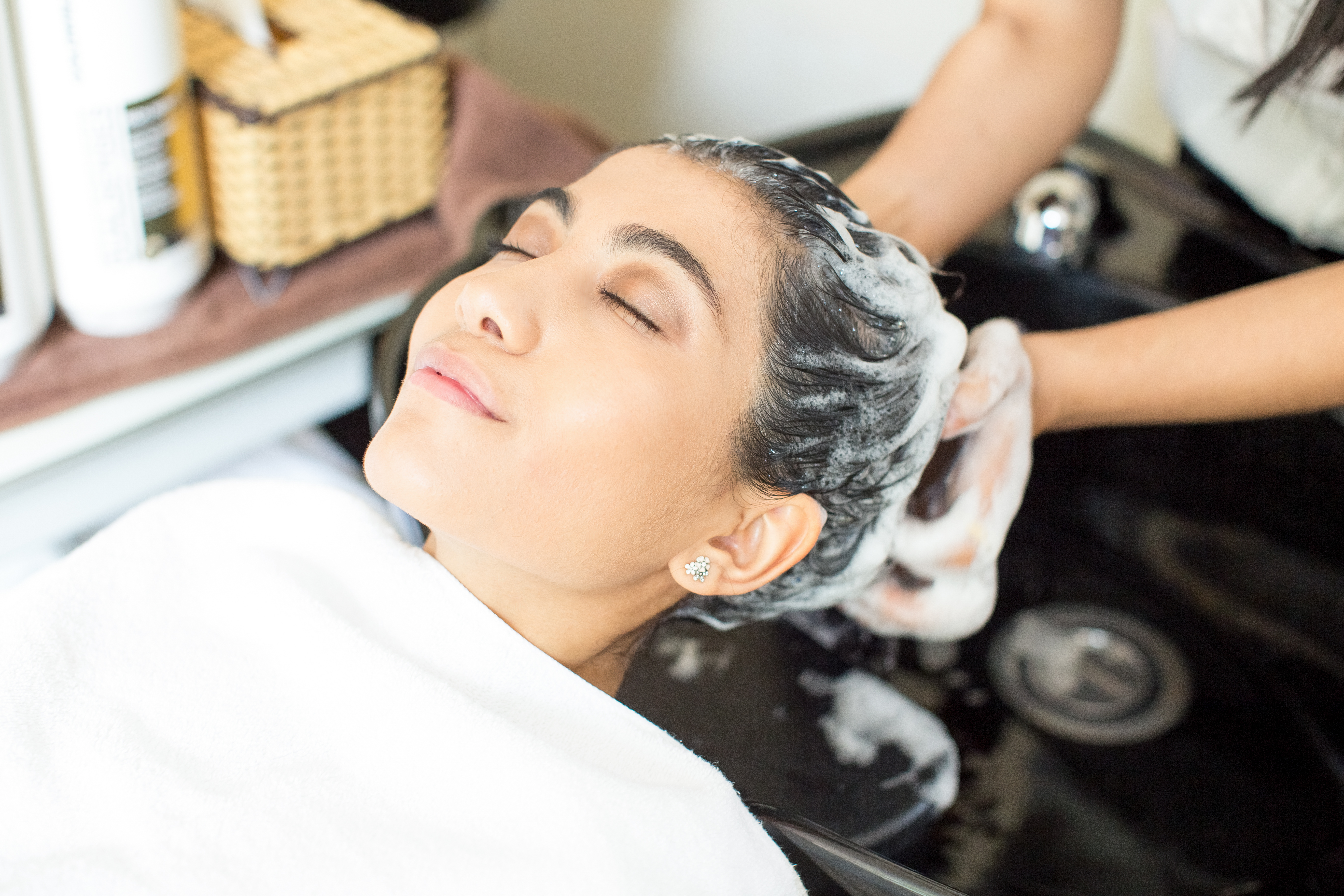
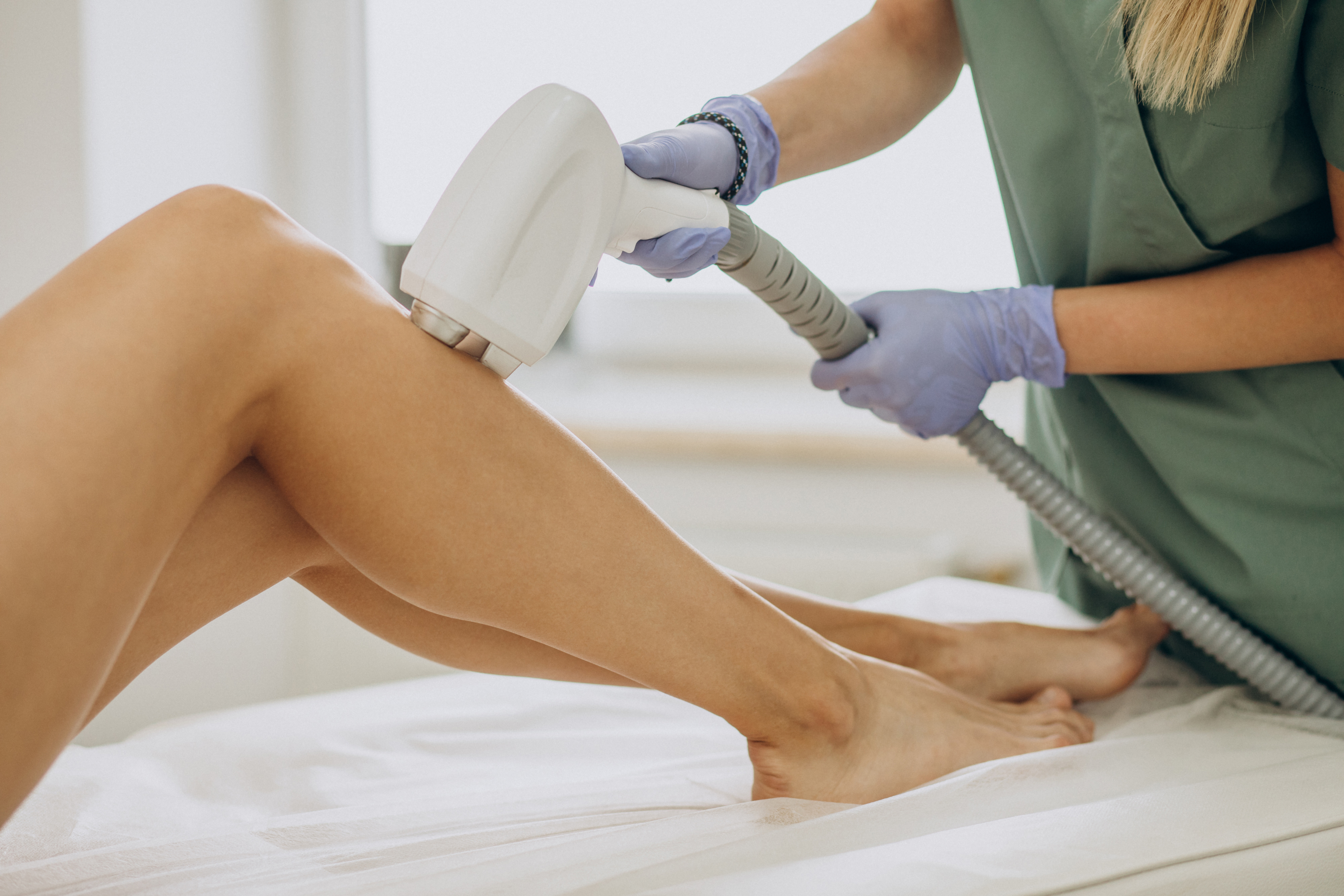
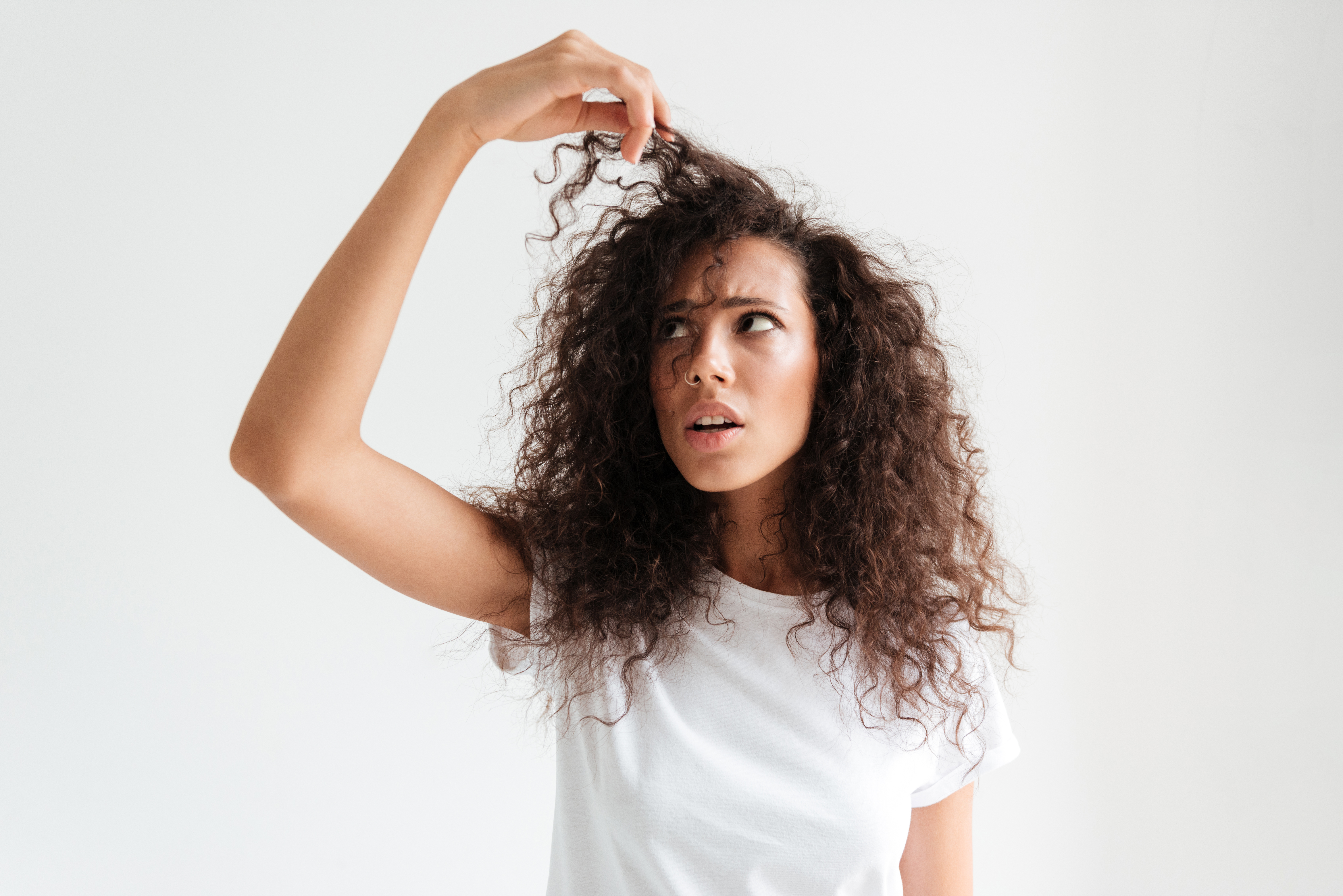
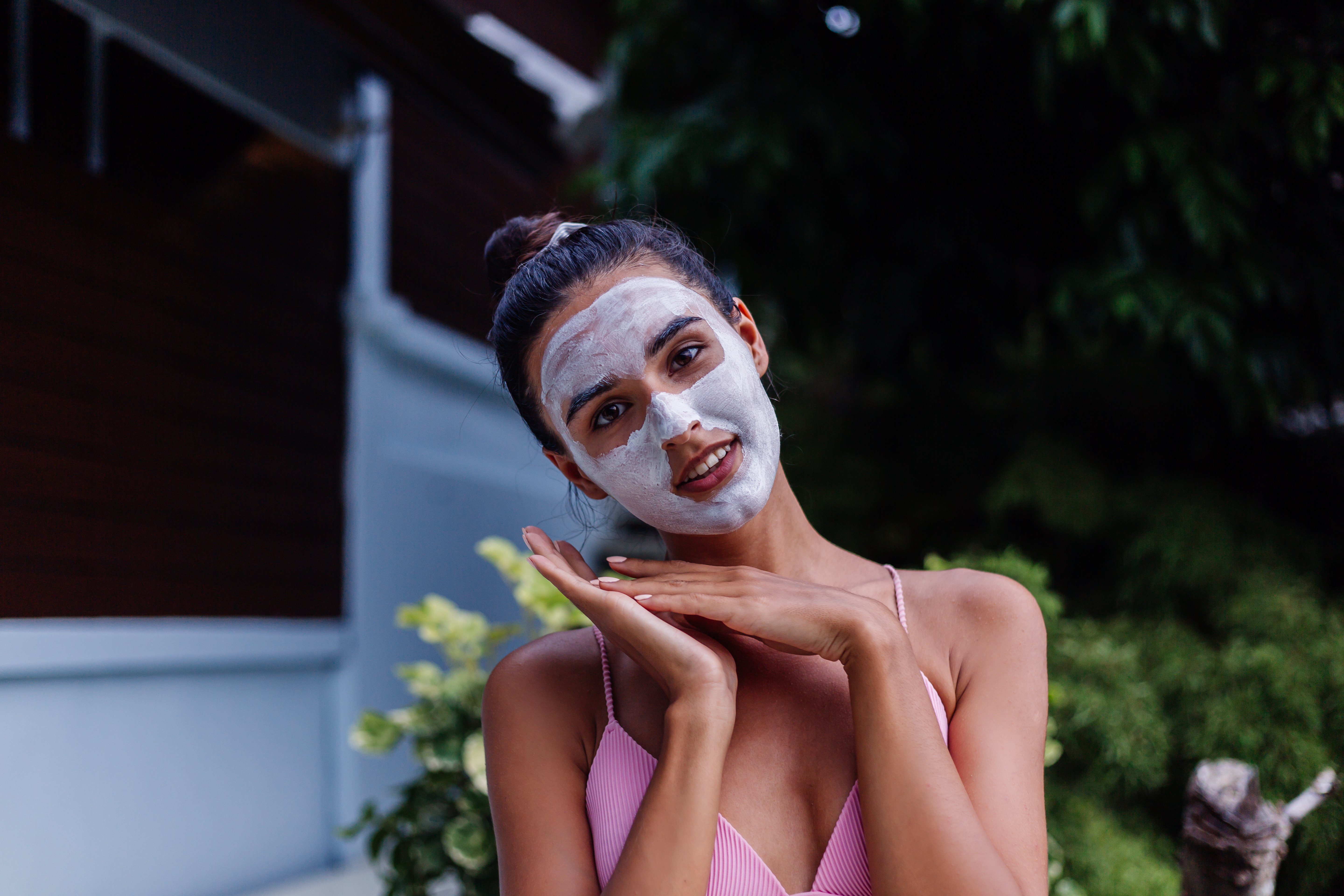
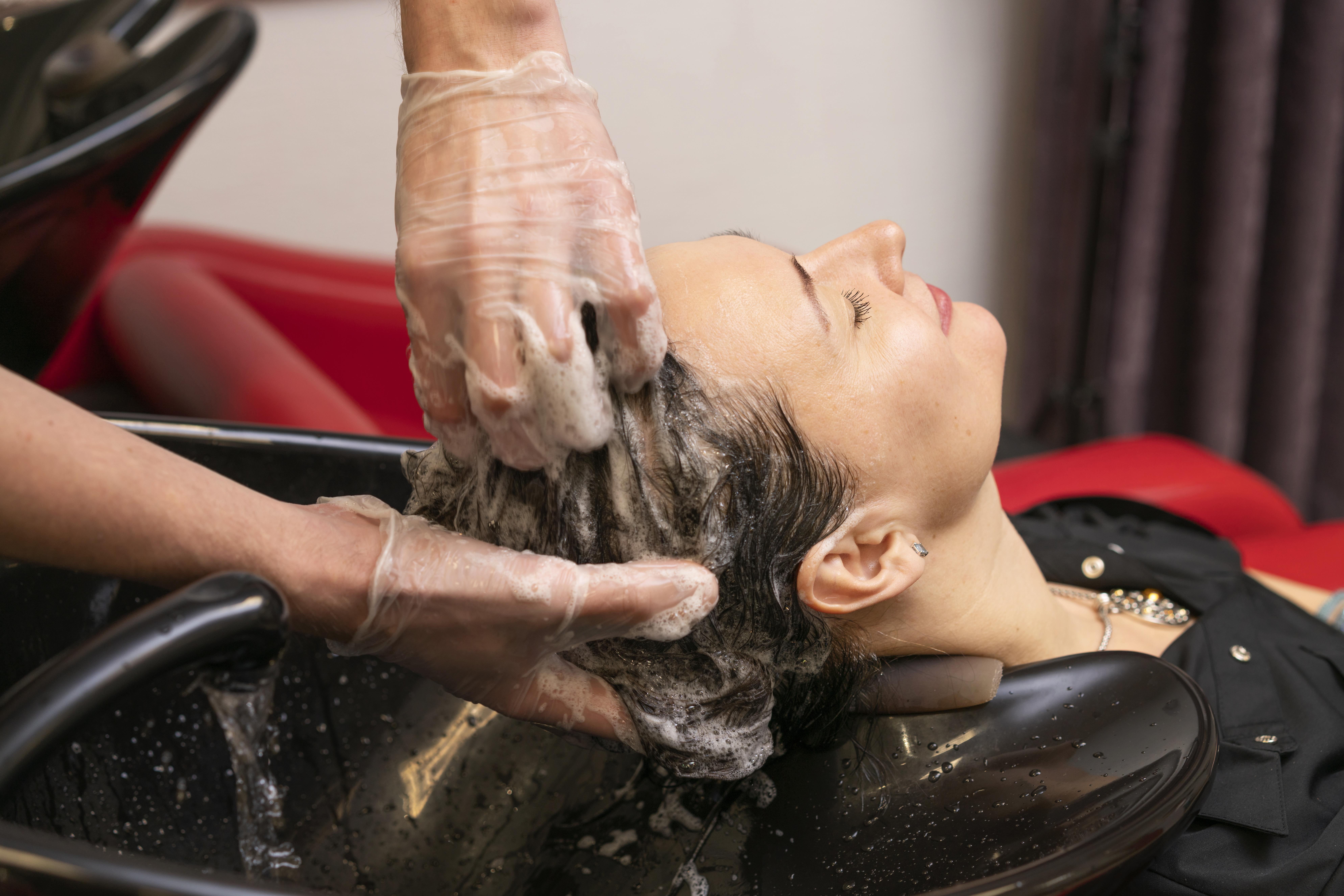

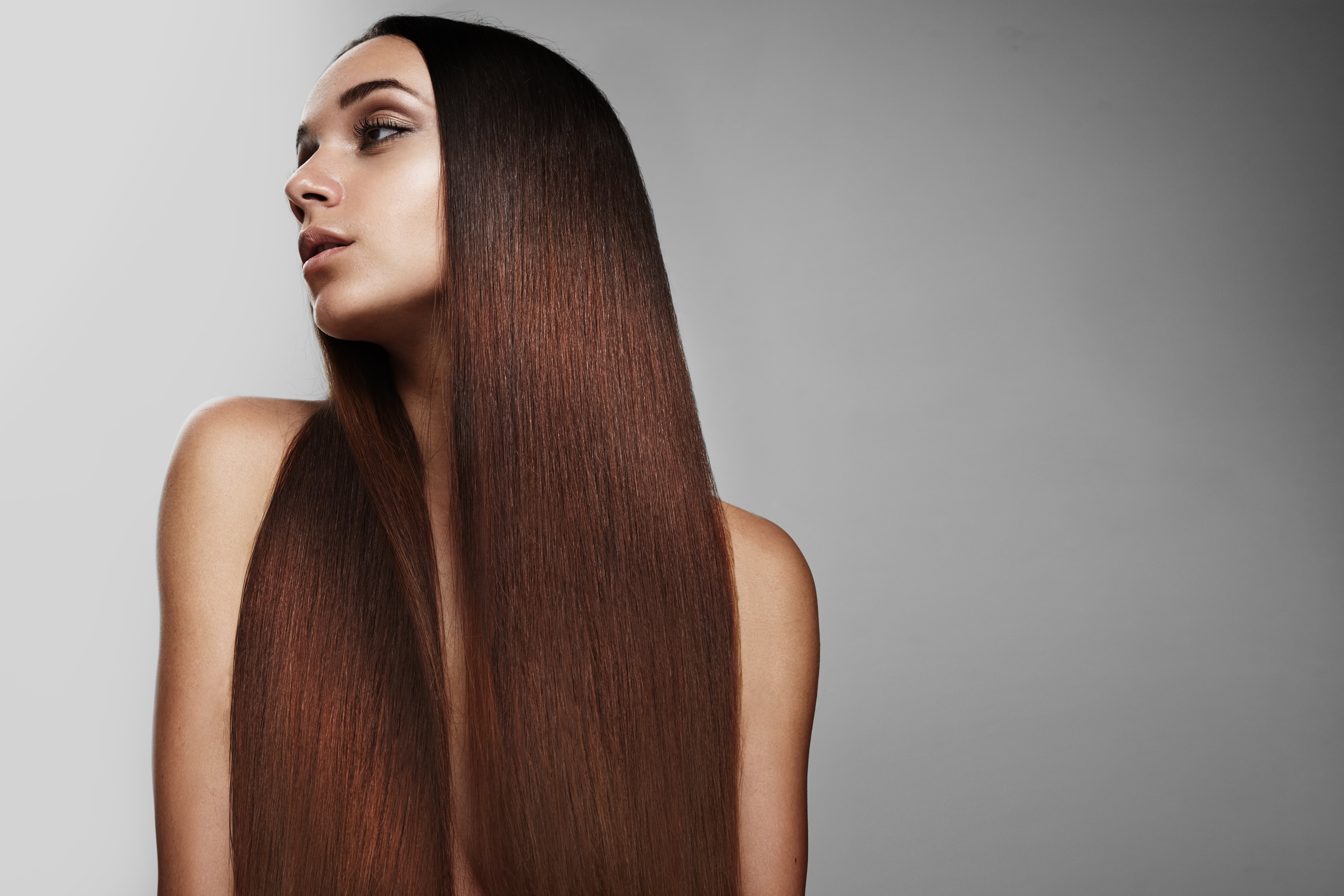
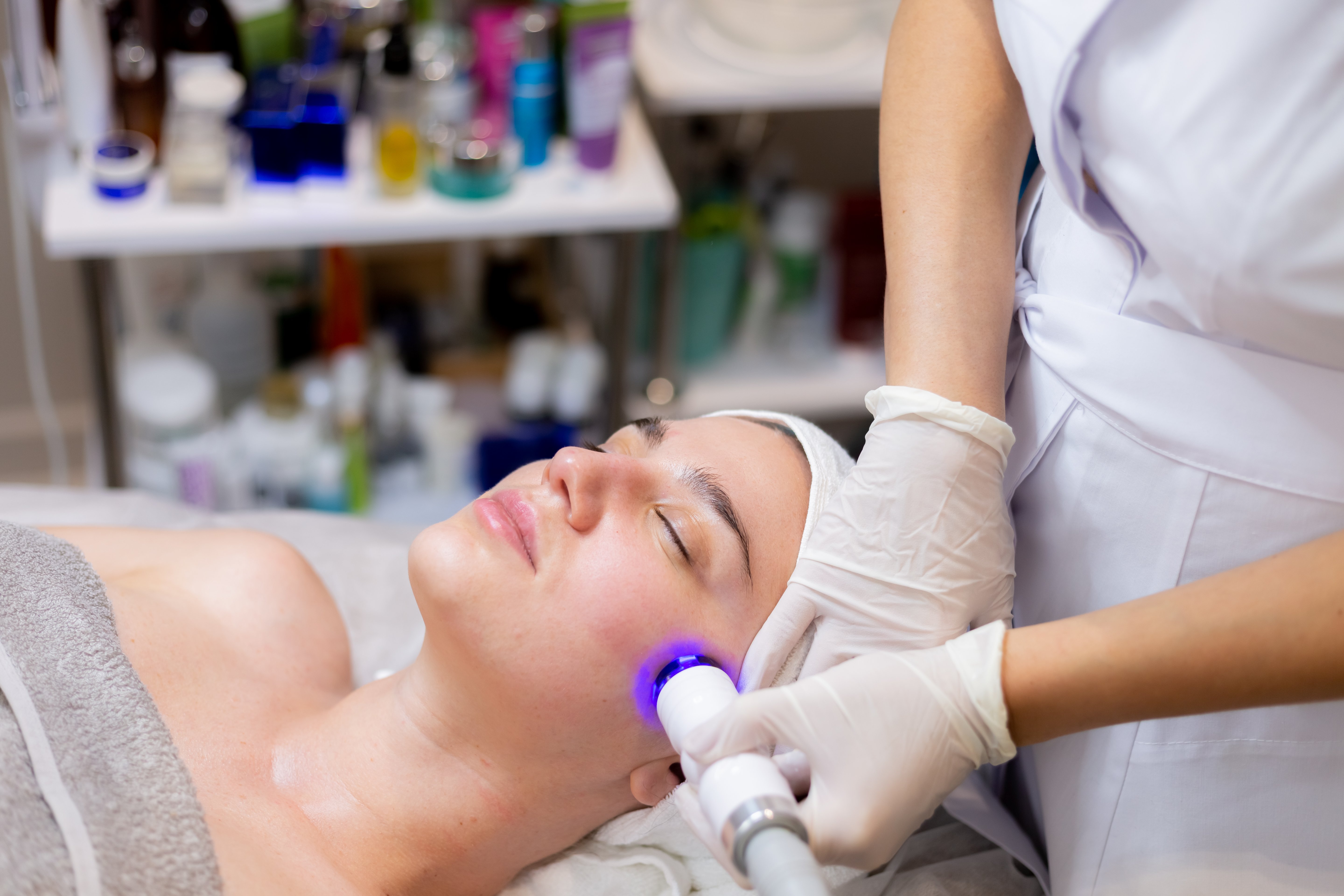
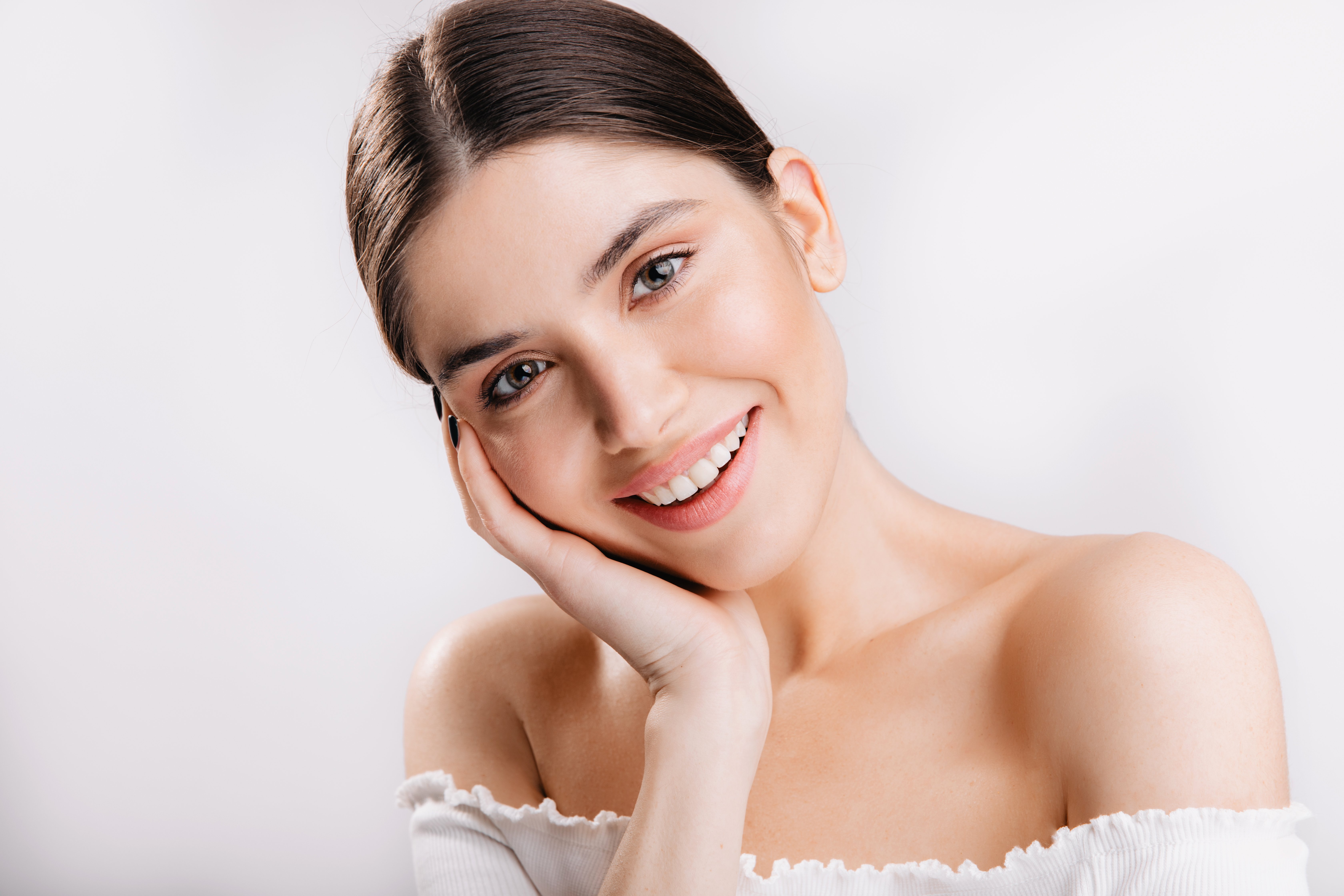
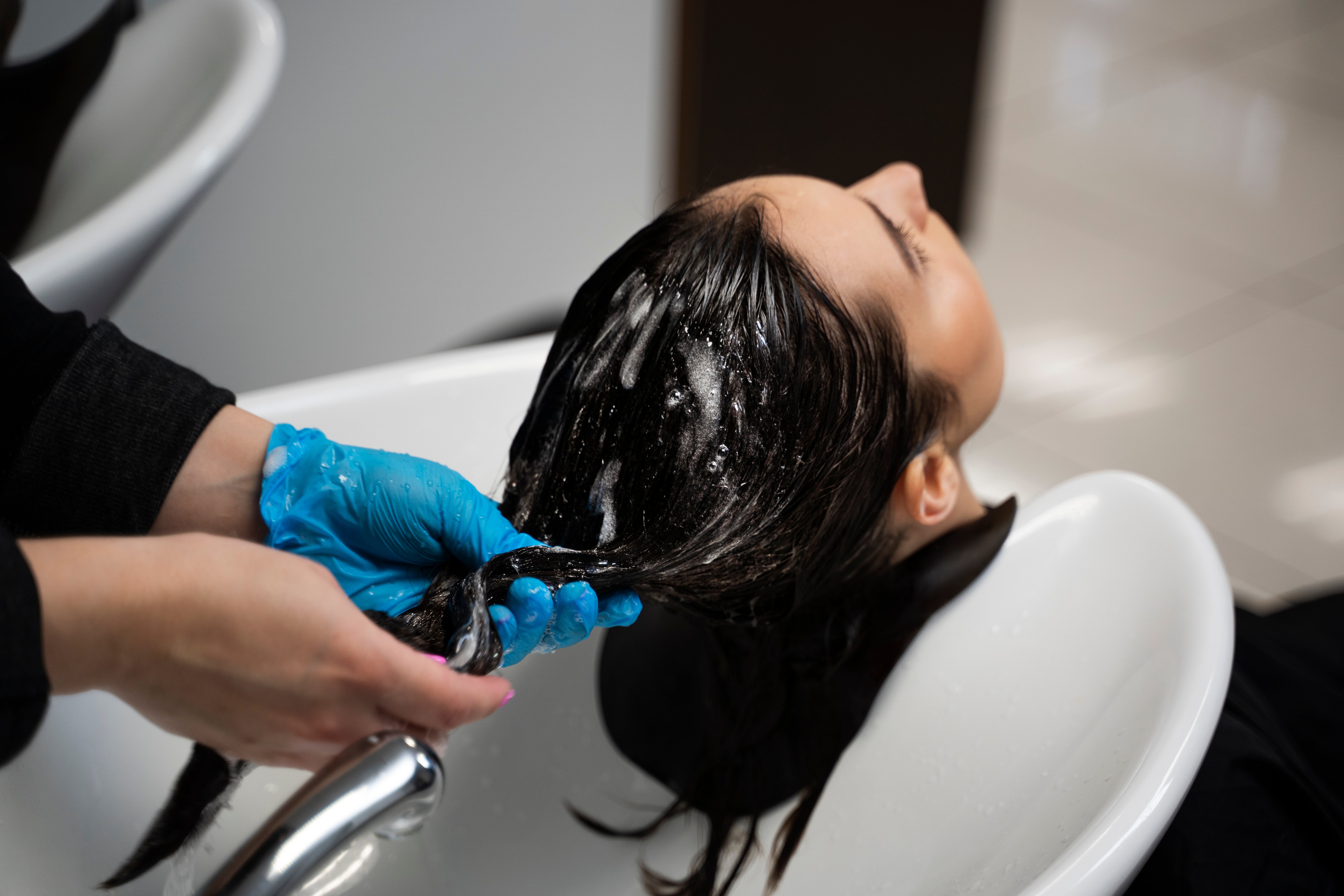
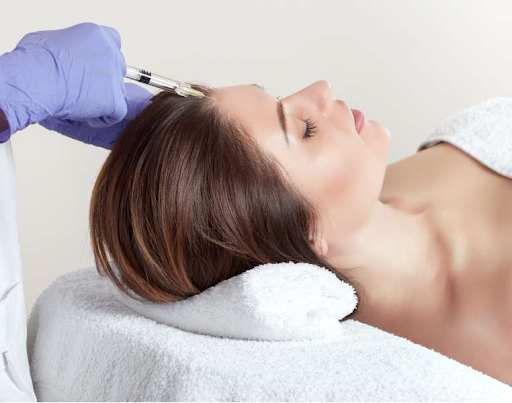
.png)
.png)
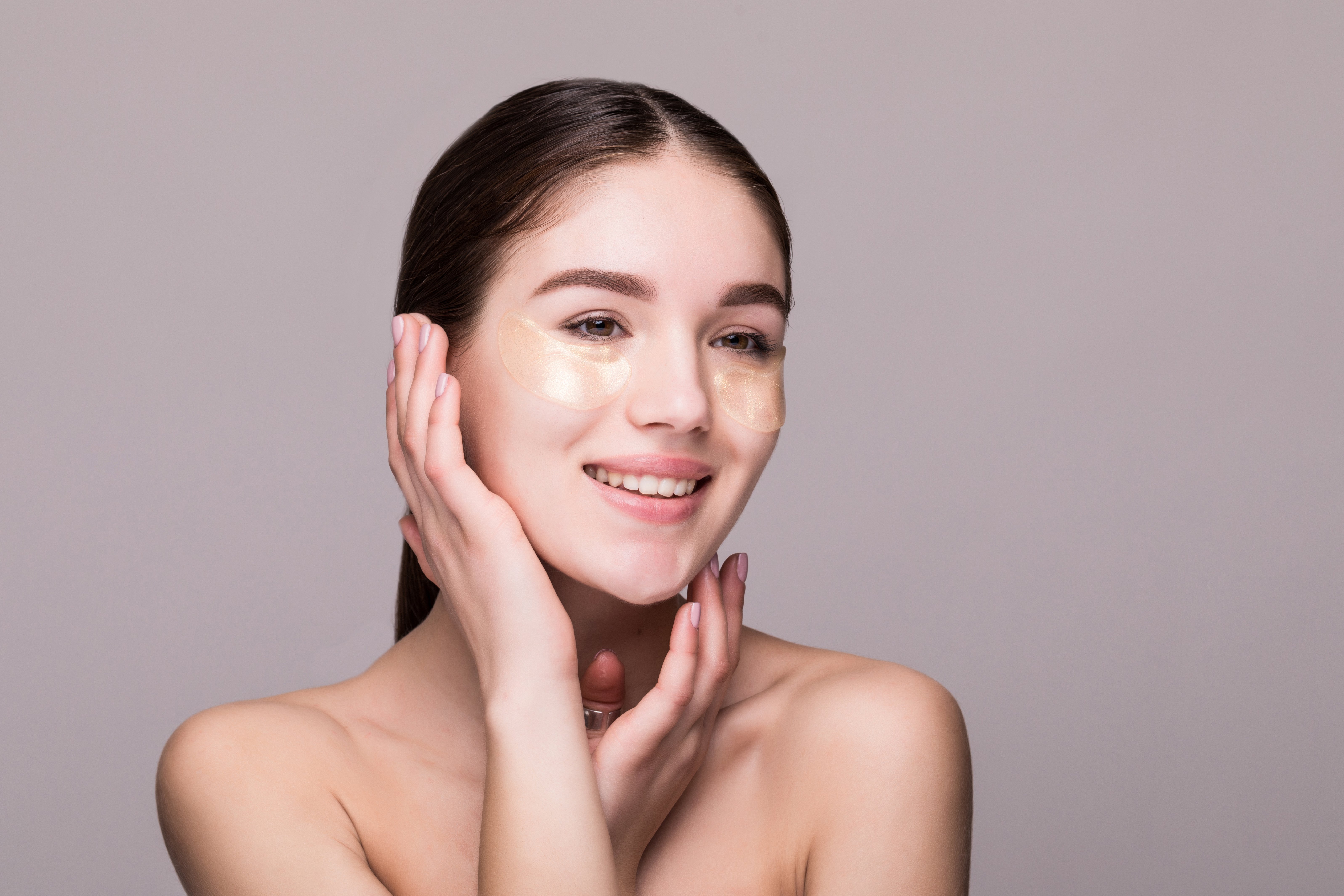
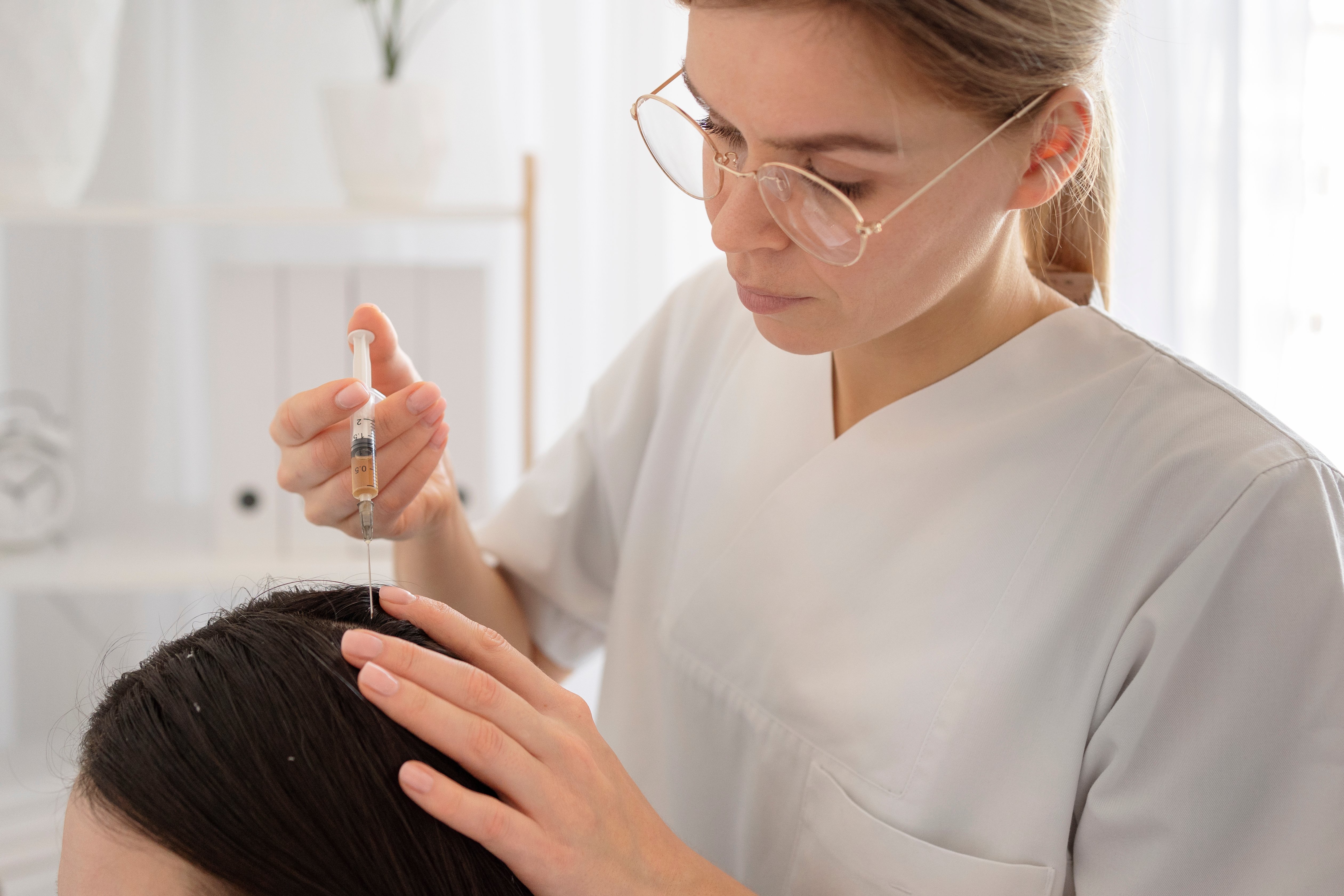
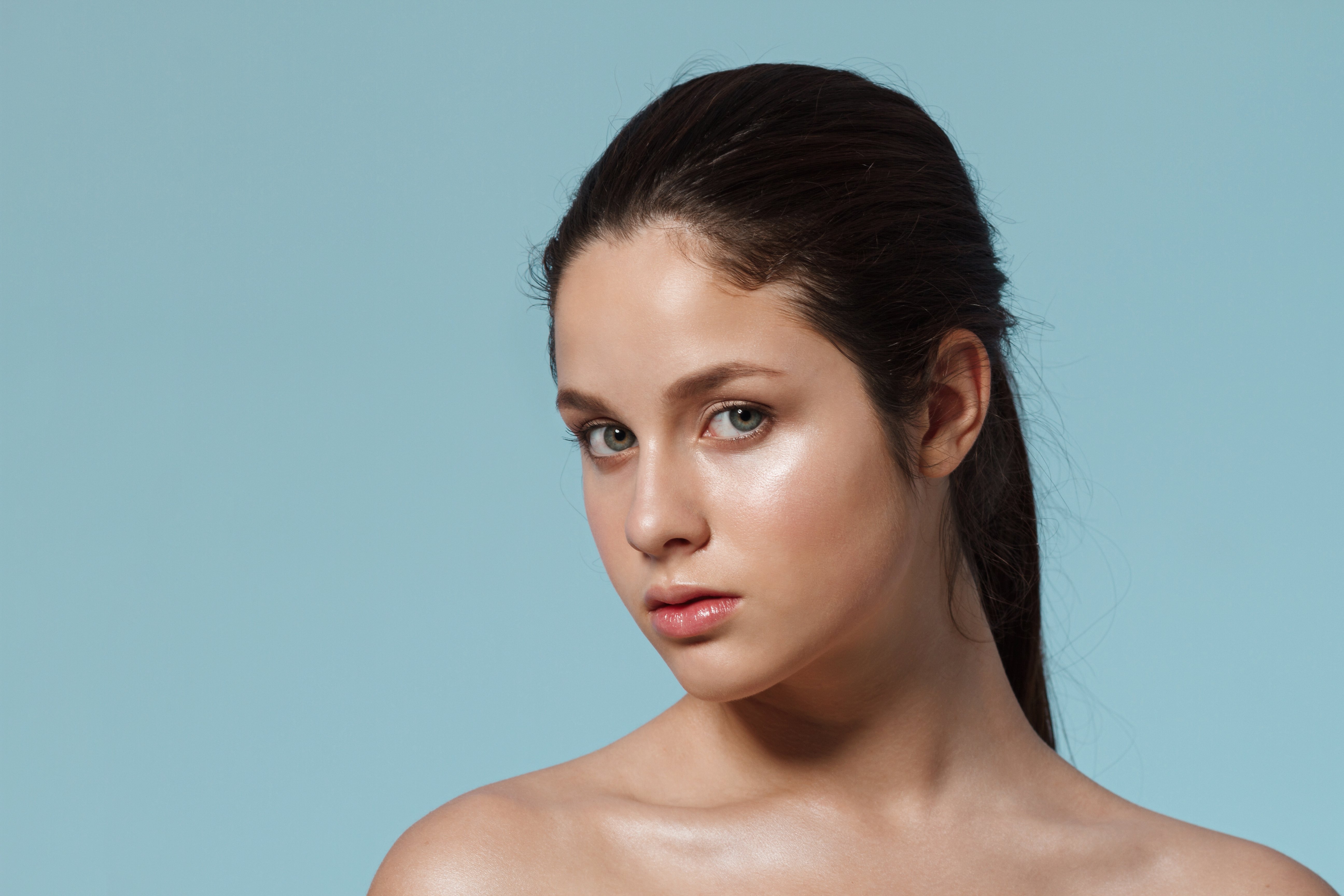

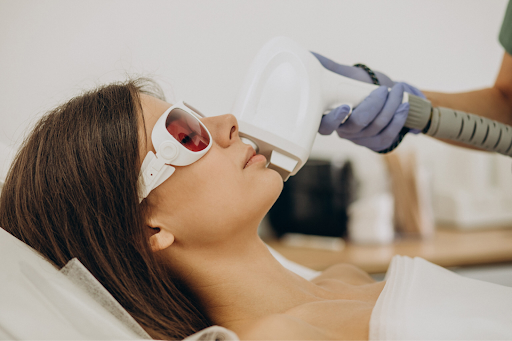
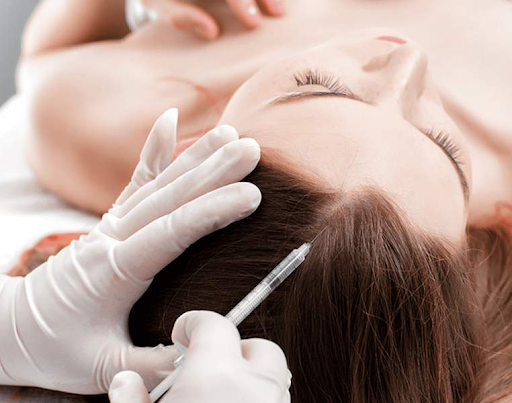
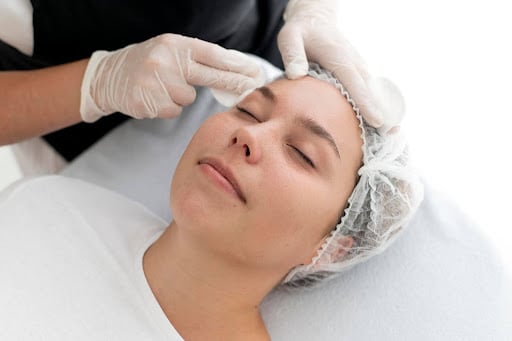
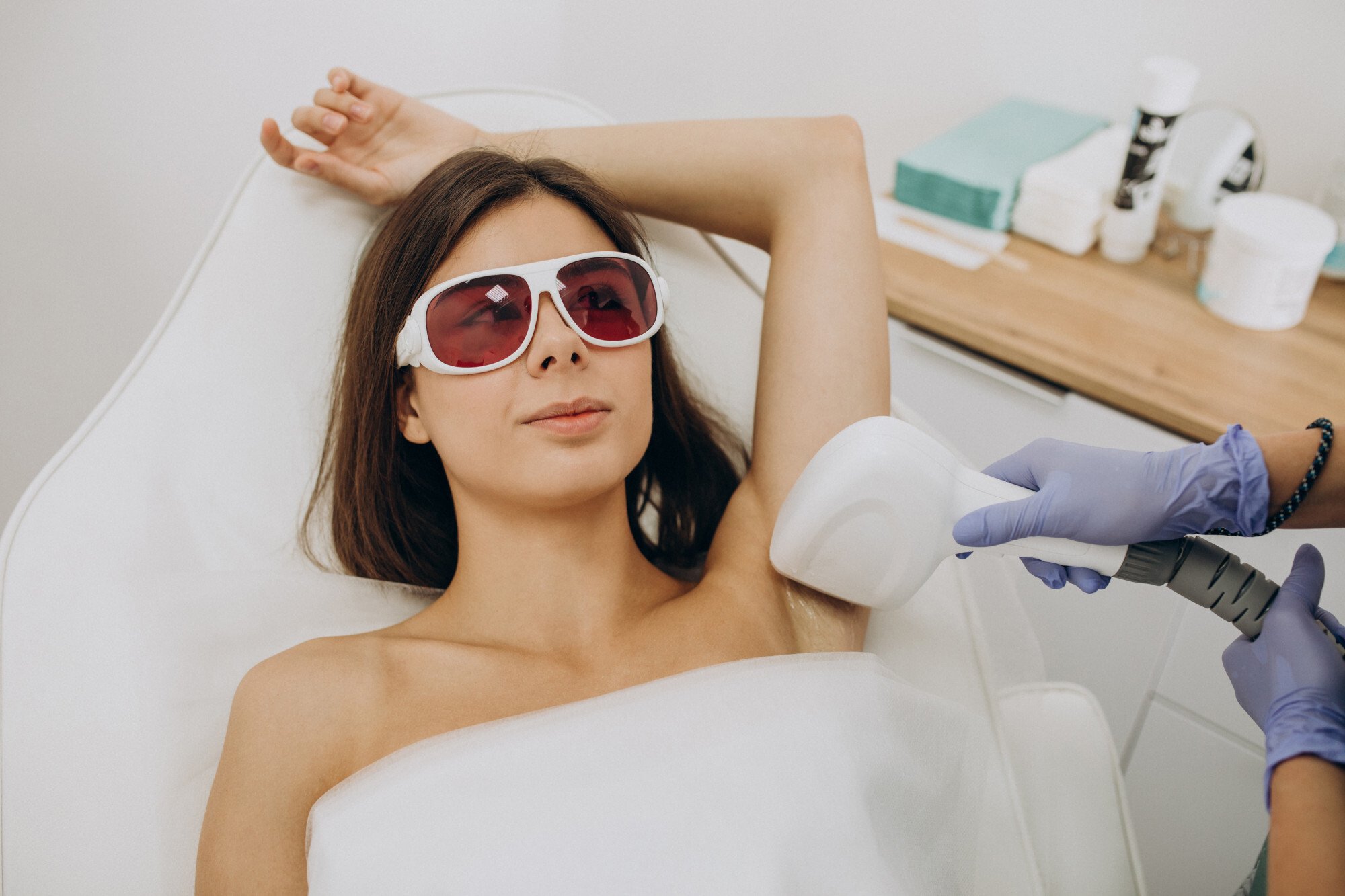
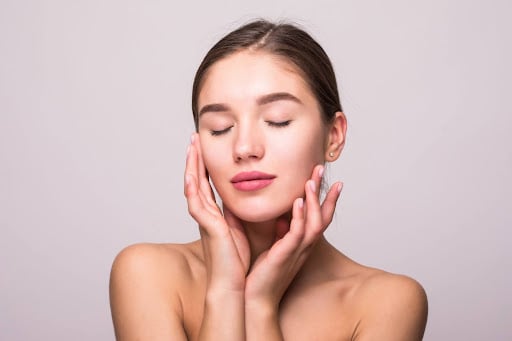
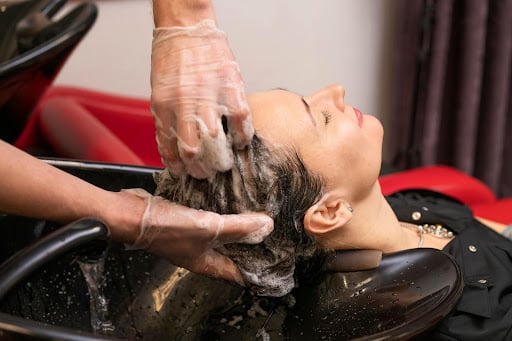
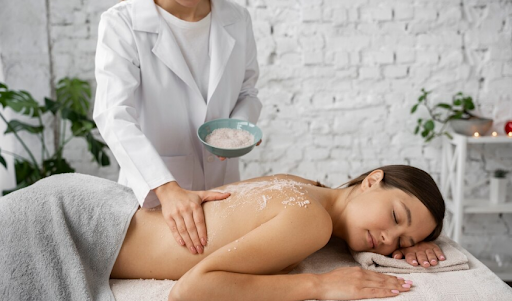
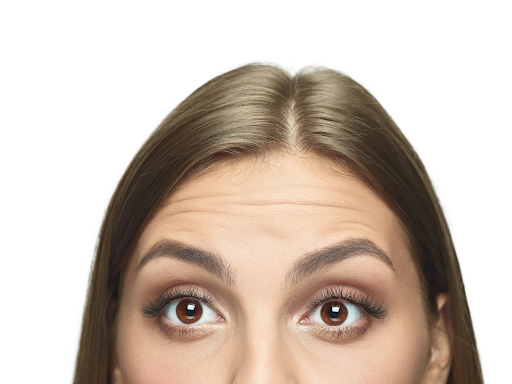

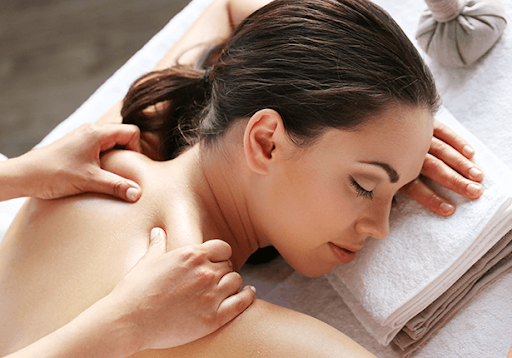
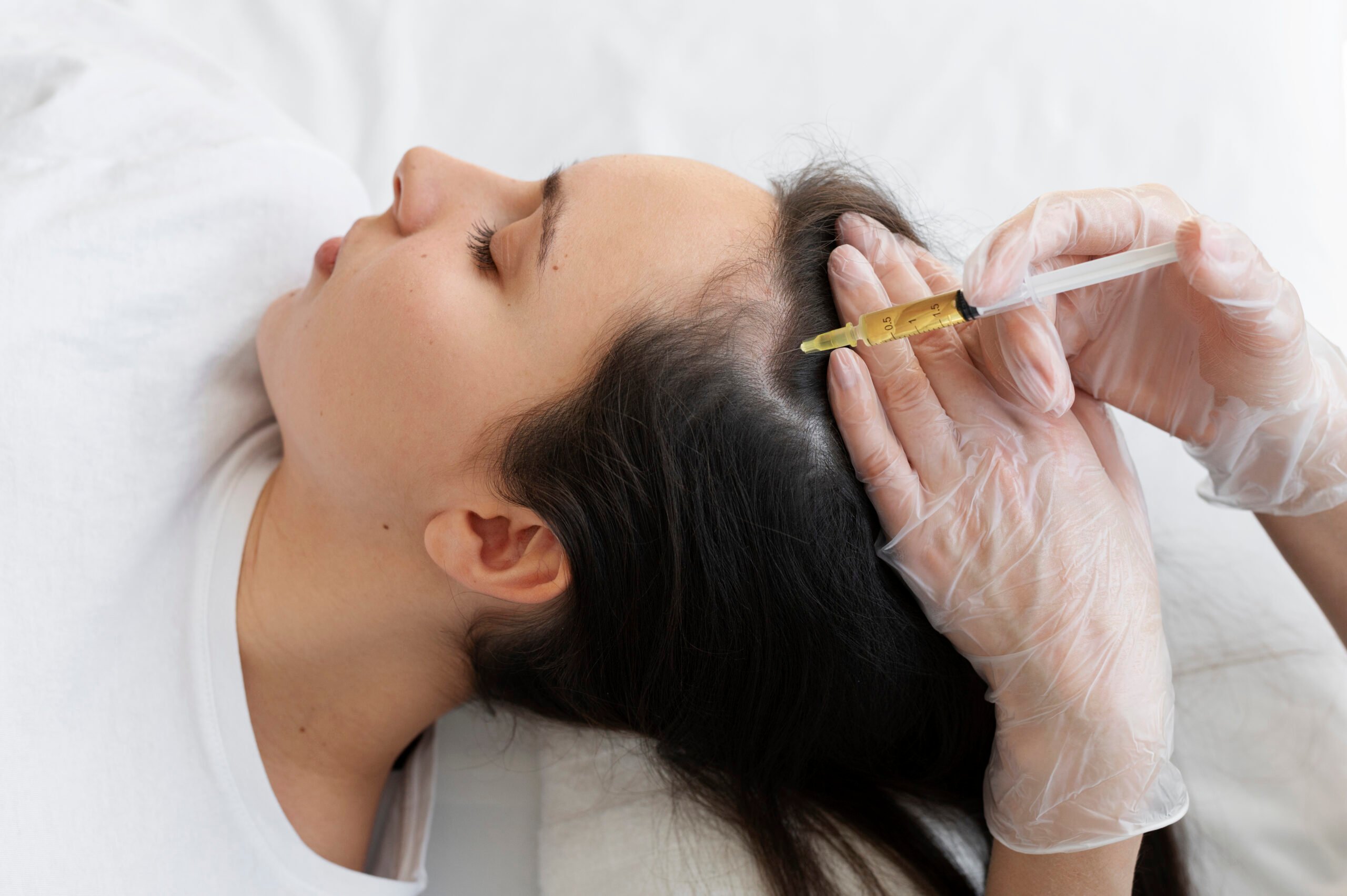
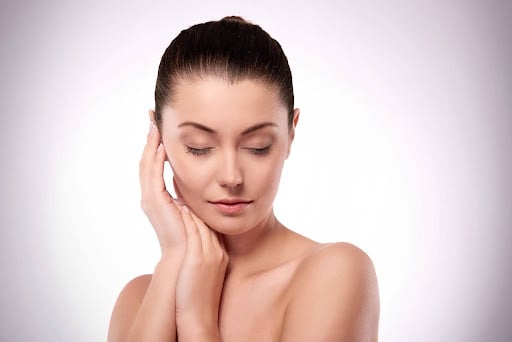
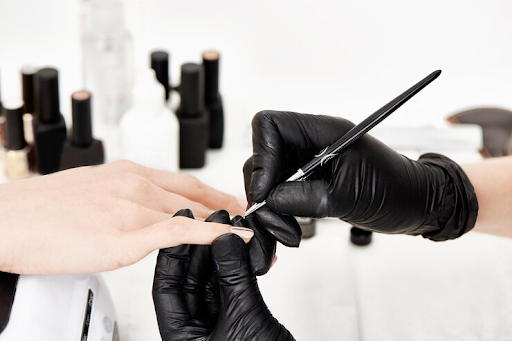
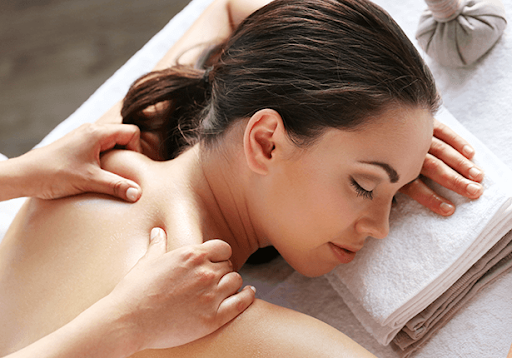
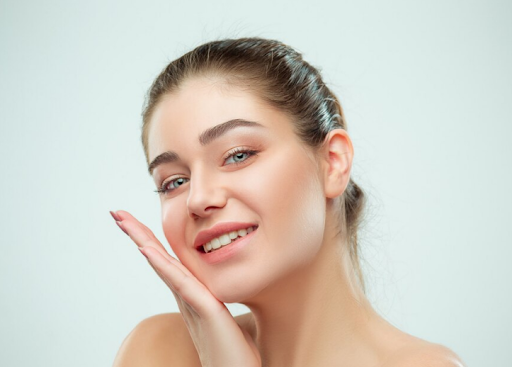
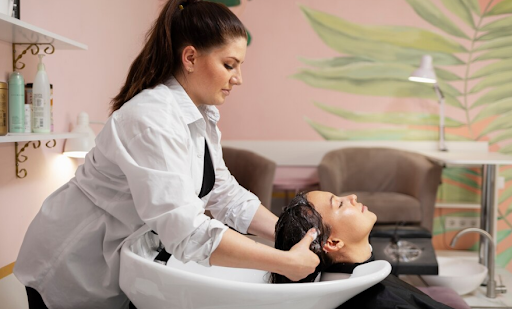
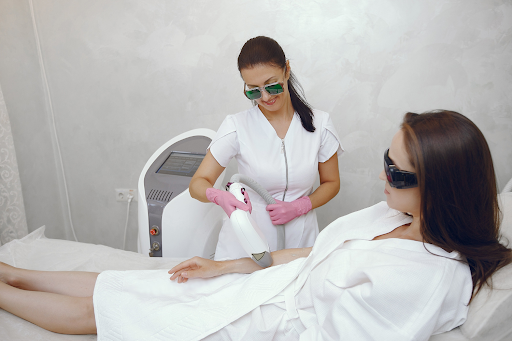



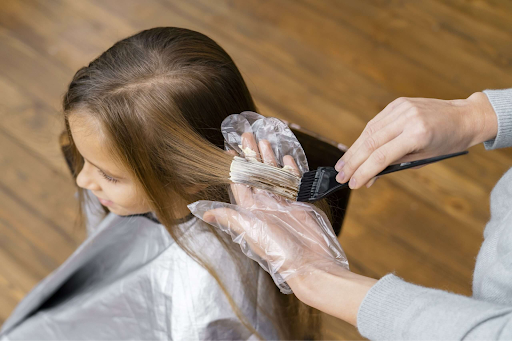

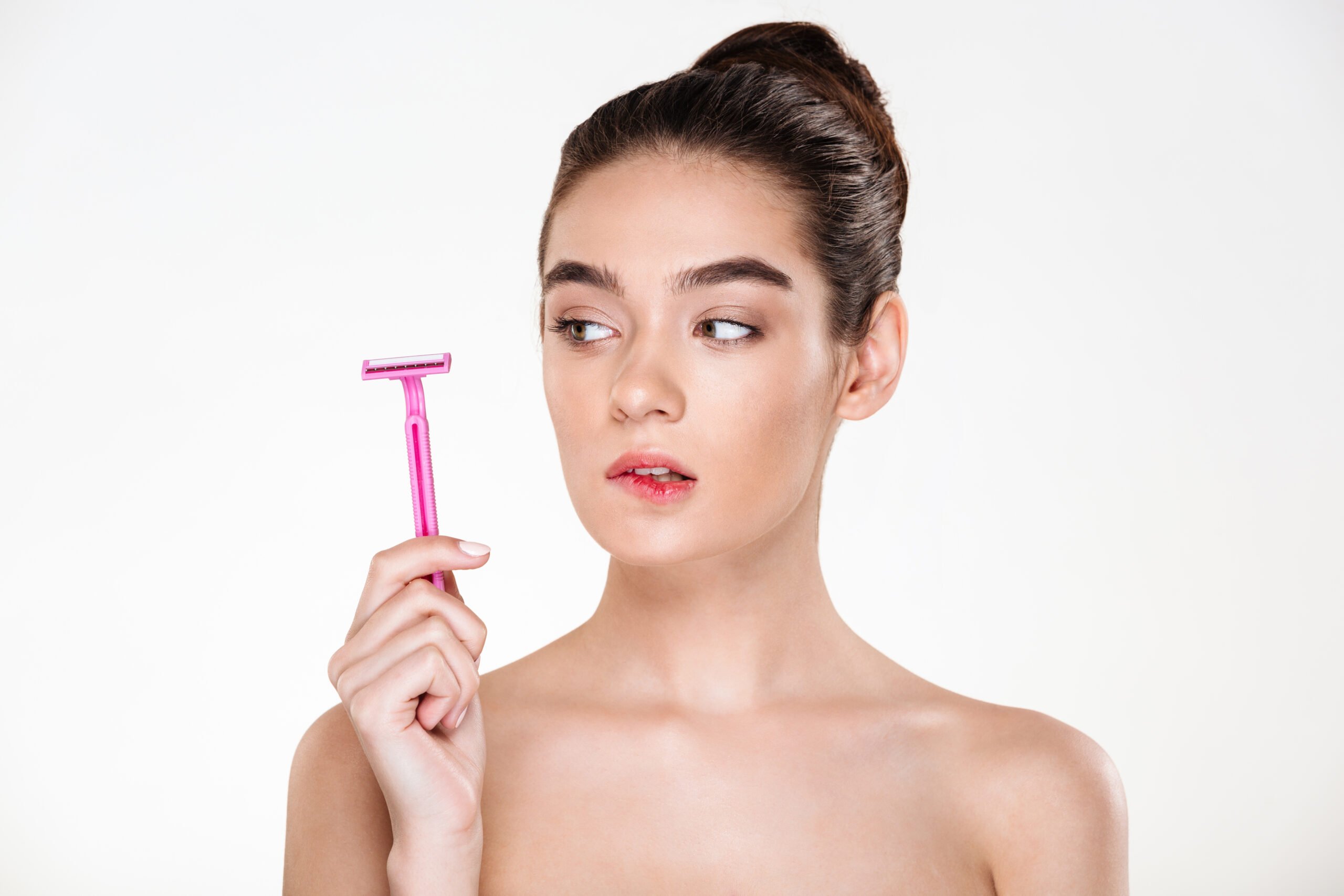
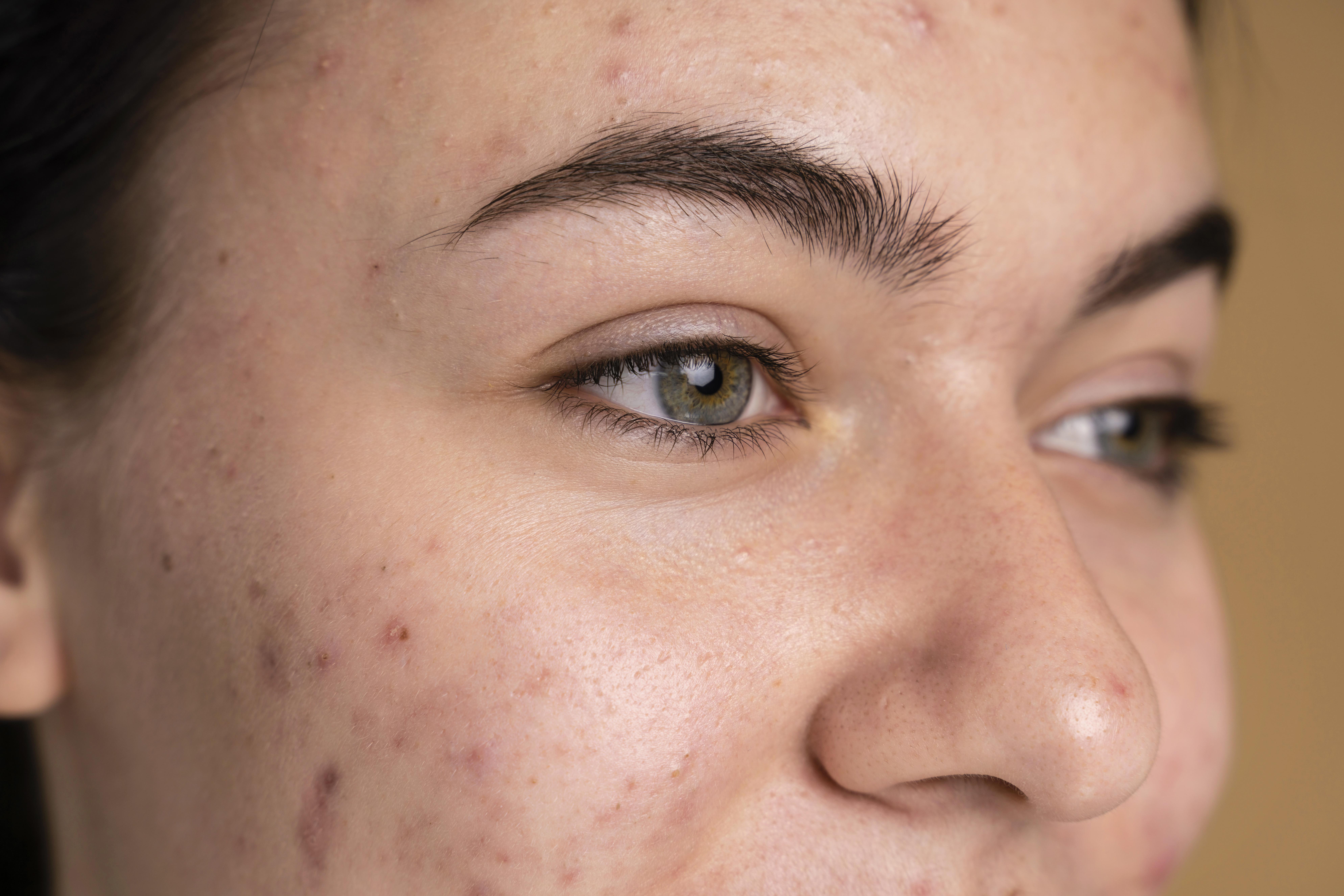
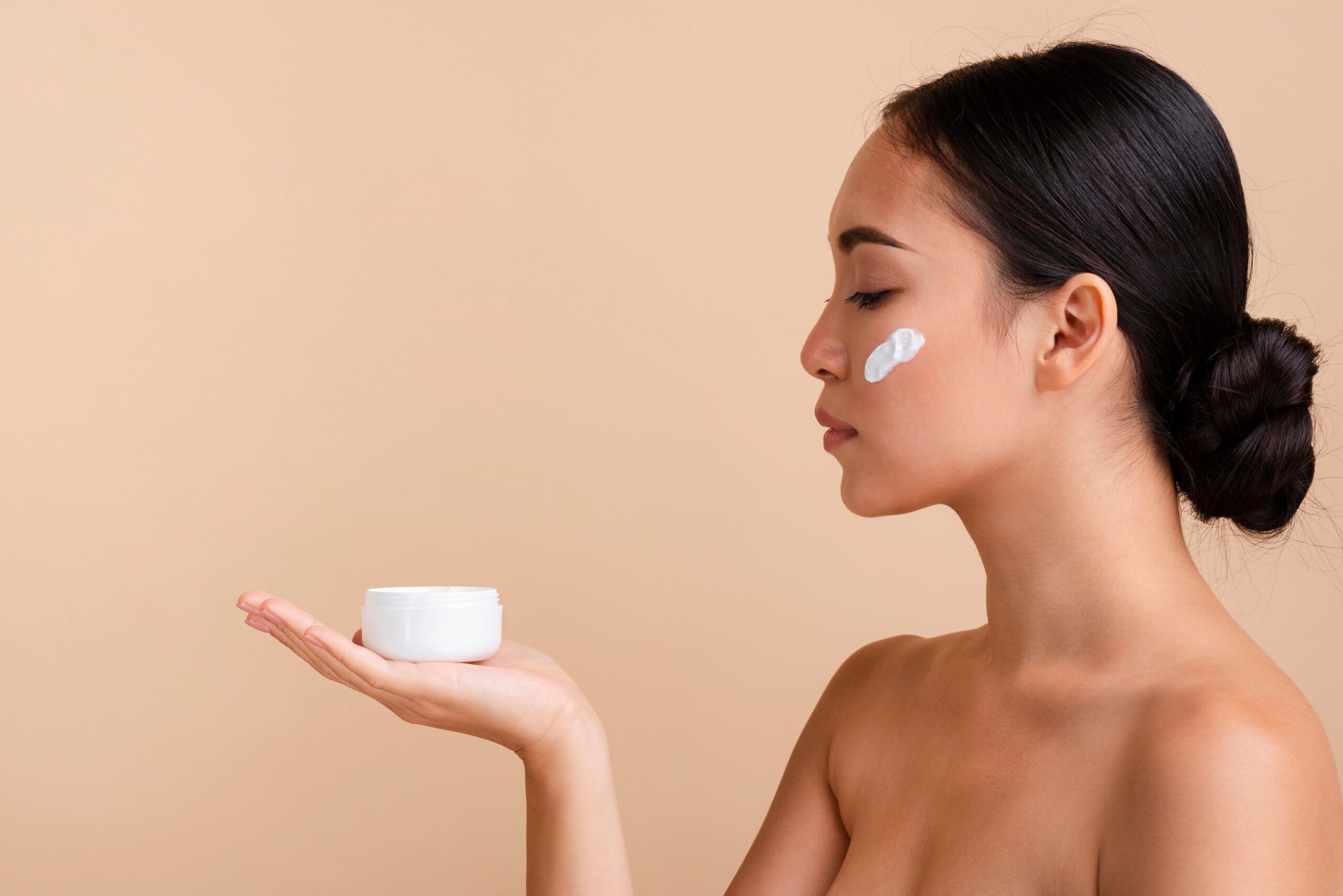

.jpg)
